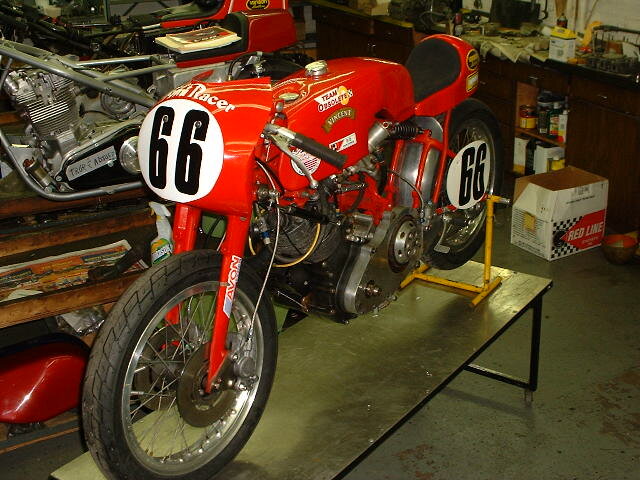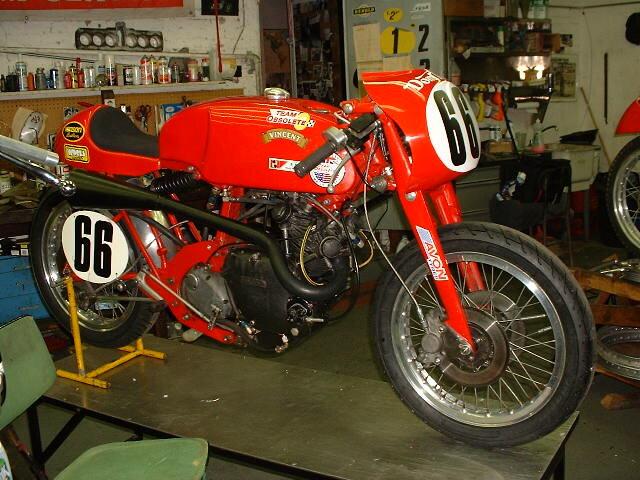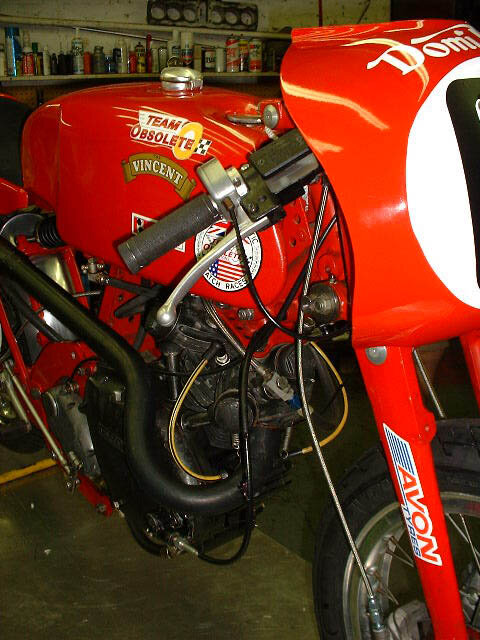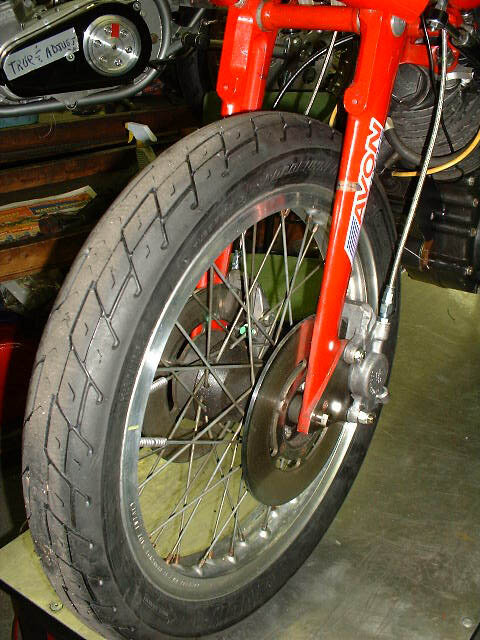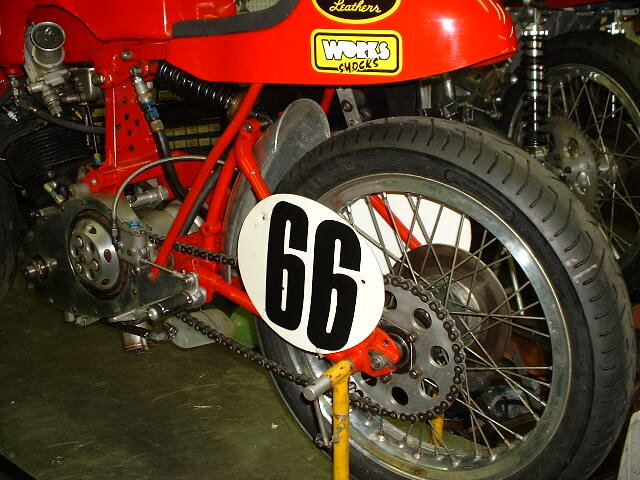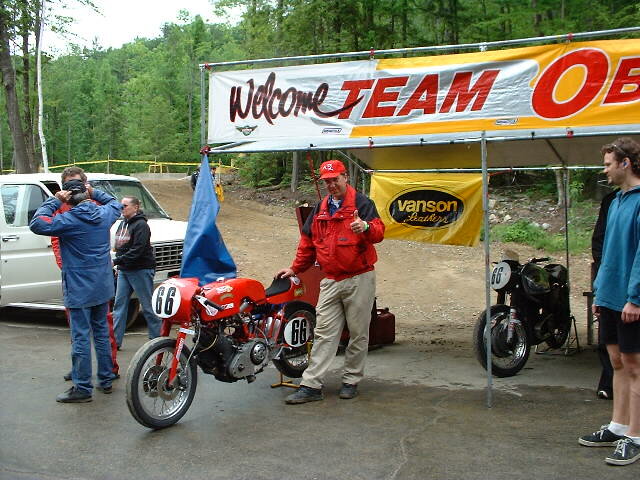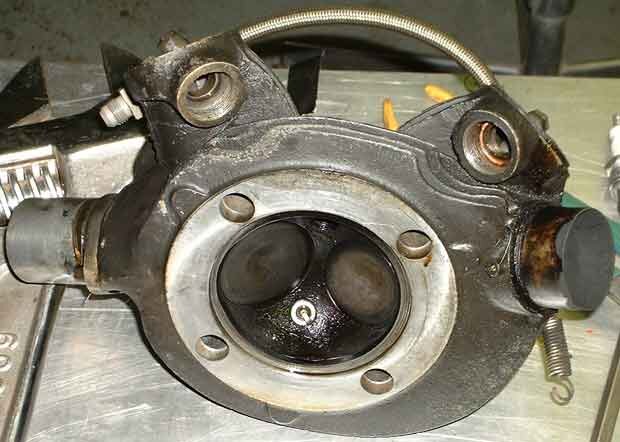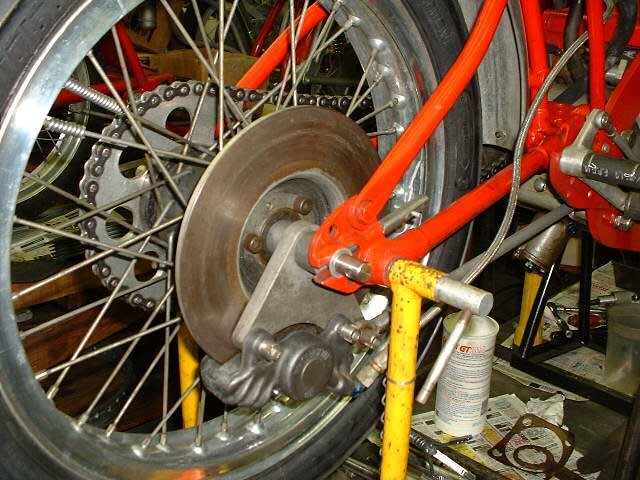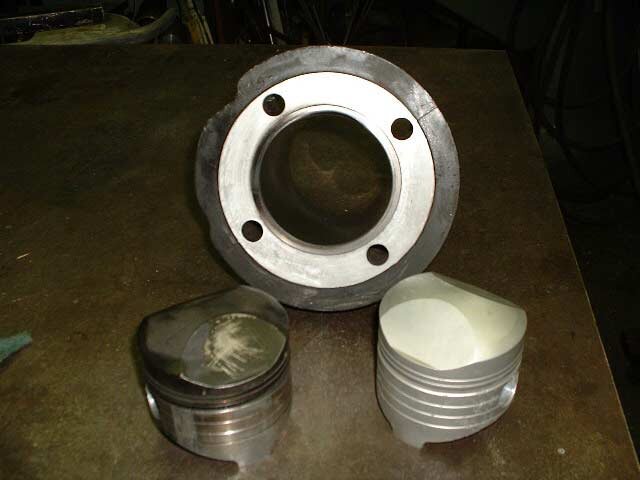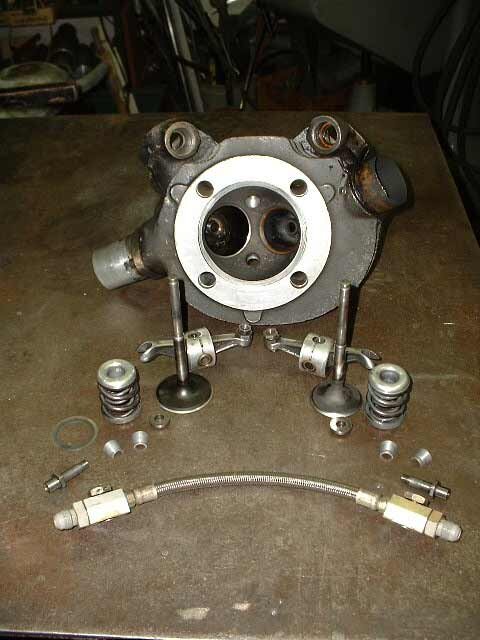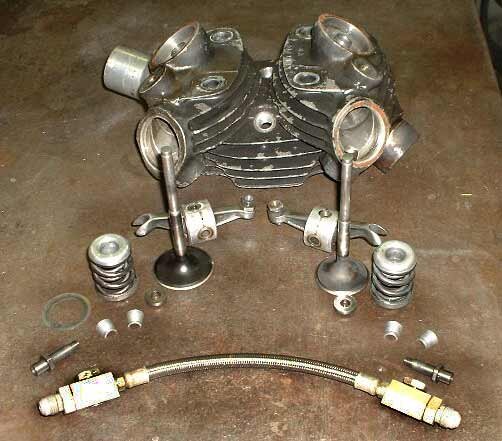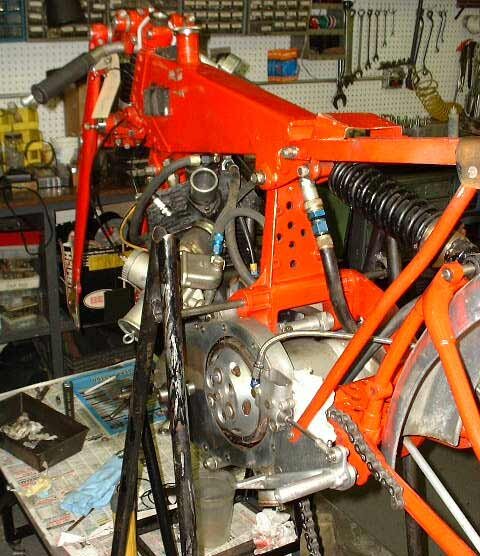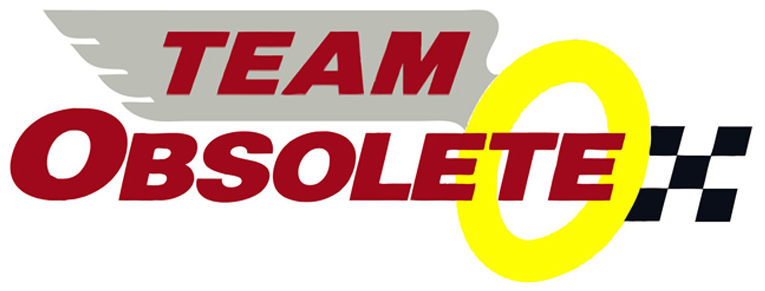Our projects past and present-
returning pedigree racing history to the track.
Team founder Rob Iannucci with the 1967 ex-works BSA a50r at NJMP.
Our prime objective here at Team Obsolete is to return the most iconic racing motorcycles to the track, and when possible, reunite the machine with the rider who made it famous. We travel, sharing these reunions with moto-devotees all over the world.
Returning these motorcycles to the track is often a herculean task taking years of work. These motorcycles are pukka racers- one-off prototypes and works specials meant to be pushed hard and replaced at the end of each season. The engineers certainly never imagined these bikes would be on the track 40-50-60 years later!
Unlike production units these specials are in nearly every way unique- In motorsport circles running and maintaining these bikes is considered something of a ‘black art’ the fine details guarded information and trade secrets. We, perhaps more than any other single team, have dedicated decades of work into gathering every piece of information available. Original parts, patterns, blueprints, engineering briefs, mechanic and rider notes, factory memoranda. Untold hours hunting down the riders, mechanics and engineers who ran these bikes ‘in the period’ and working closely within this racing fraternity to keep these machines alive. No small feat, but we think you’ll agree the result is well worth the effort.
Unlike many of the replicas and restorations you’ll see in museums or magazines- special frames, rough castings, proprietary and prototype parts… on a real racer the finish was never polished and perfect. Trackside changes, repairs and re-engineering was a fact of Continental Circus life. This history is what sets Team Obsolete machines apart- with that in mind we always choose the route of Historic Preservation rather than restoration. The scratches, dents, and hasty trackside repairs all tell a story and conserve the authentic character of each machine. It’s true you may see racers of this era perfectly restored in a museum, or collecting dust in a private collection- it’s quite another to sit trackside with 15 time world champion Giacomo Agostini while he recalls the specific crash that created a small dent in his MV. This is a tactile history that cannot be faked or replicated. Pair these details with the experience of HEARING the raw roar of the engine, the smell that divine mixture of race fuel and Castrol R and you are transported directly to the glories of the past.
A religious experience for the most die hard fans.
On this page you’ll see some candid ‘behind the scenes’ work that goes into bringing, and keeping, these wonderful machines on the track…
1964 Honda 3rc164 (rc164) six cylinder 250cc
This is the very first Honda “Six” built. It was first raced by Jim Redman at Monza in 1964 where it was rushed from Japan in the passenger compartment of a commercial airplane. It was third at Monza and first at the 1964 Japanese Grand Prix. Later it was ridden by Mike Hailwood and Stewart Graham. It returned to the spotlight at Daytona in 1995 in a parade by Jim Redman. This is the only RC 165 Honda “Six”.
For more info check out the Honda Six page.

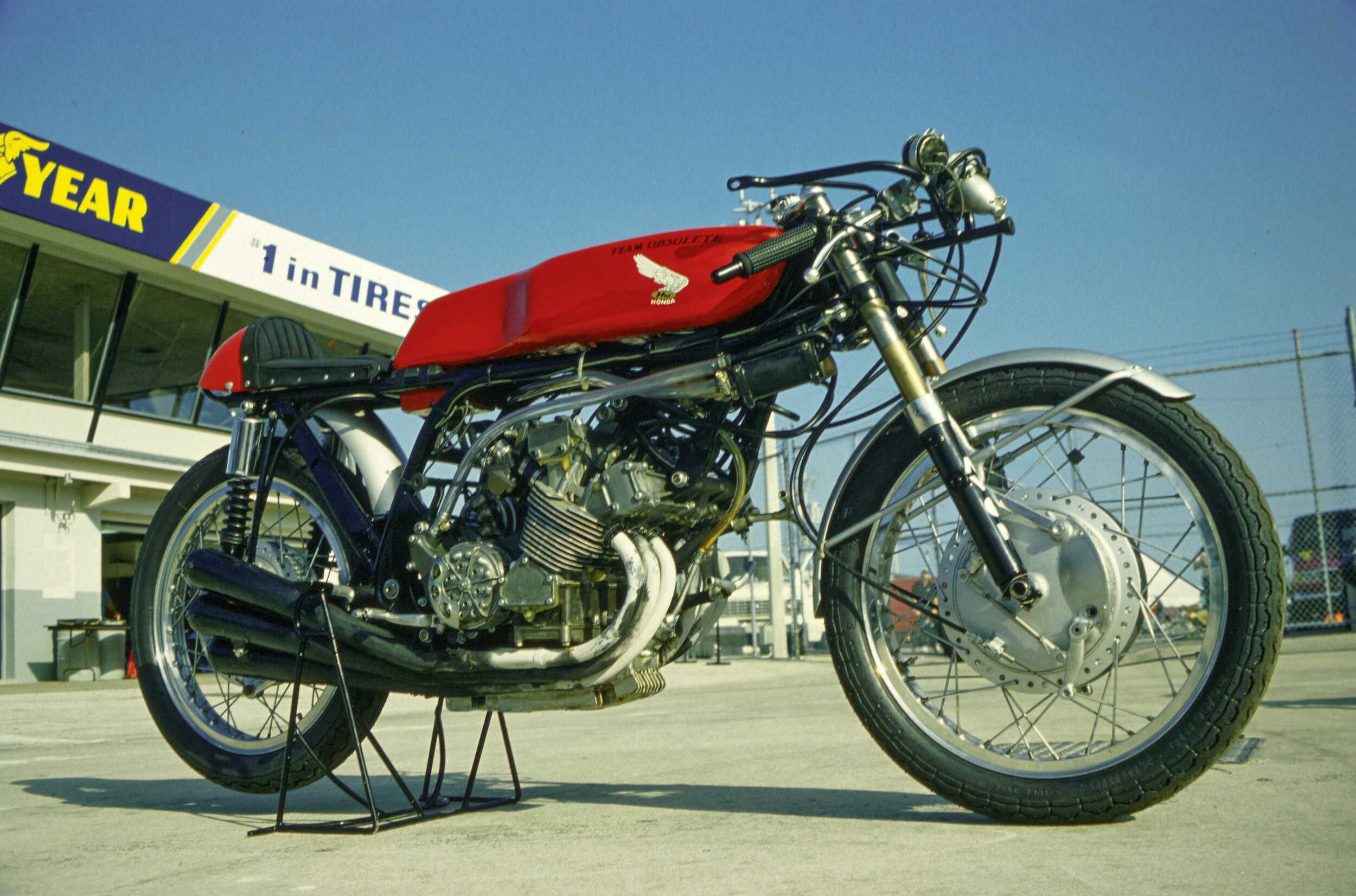
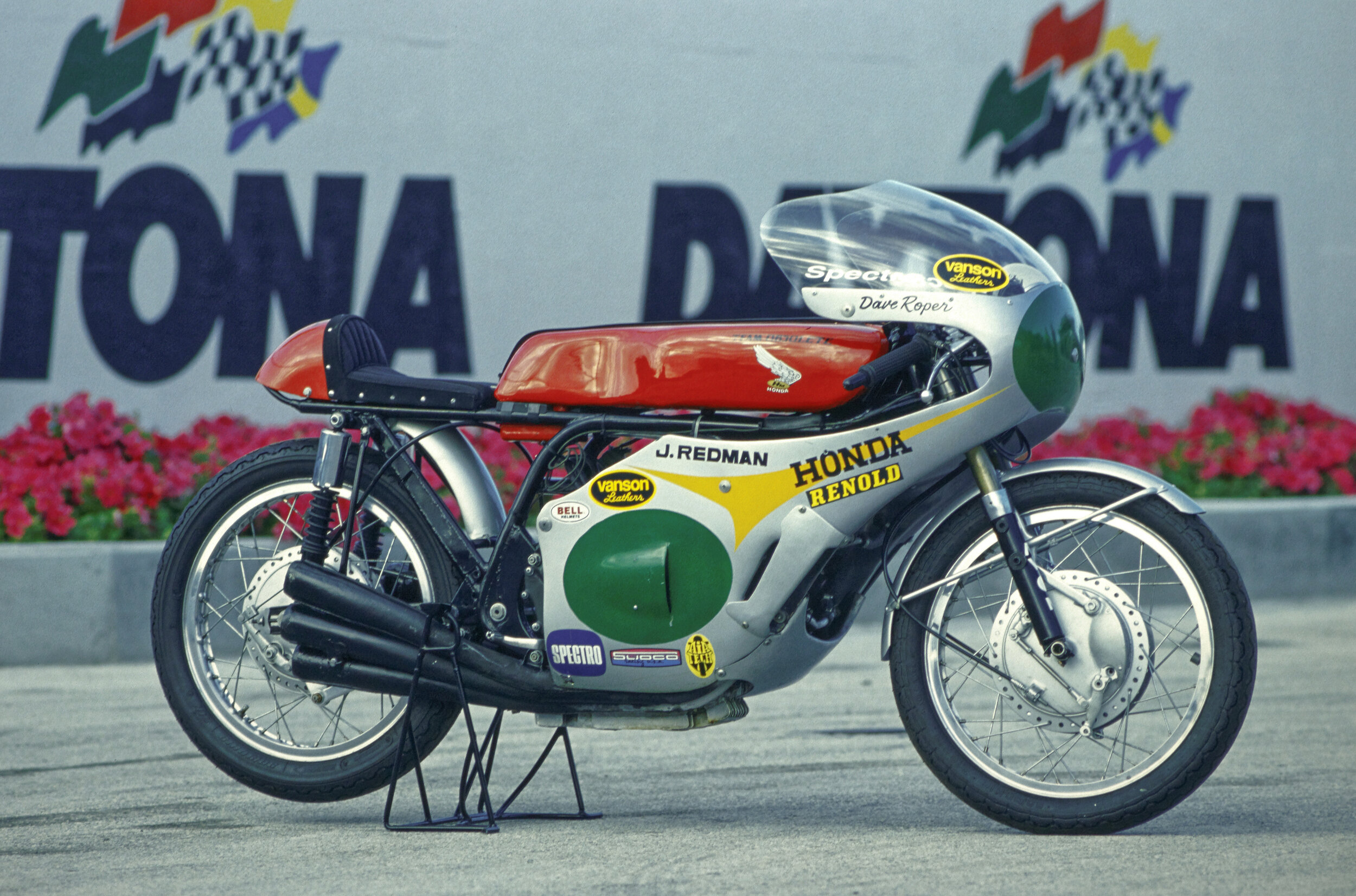
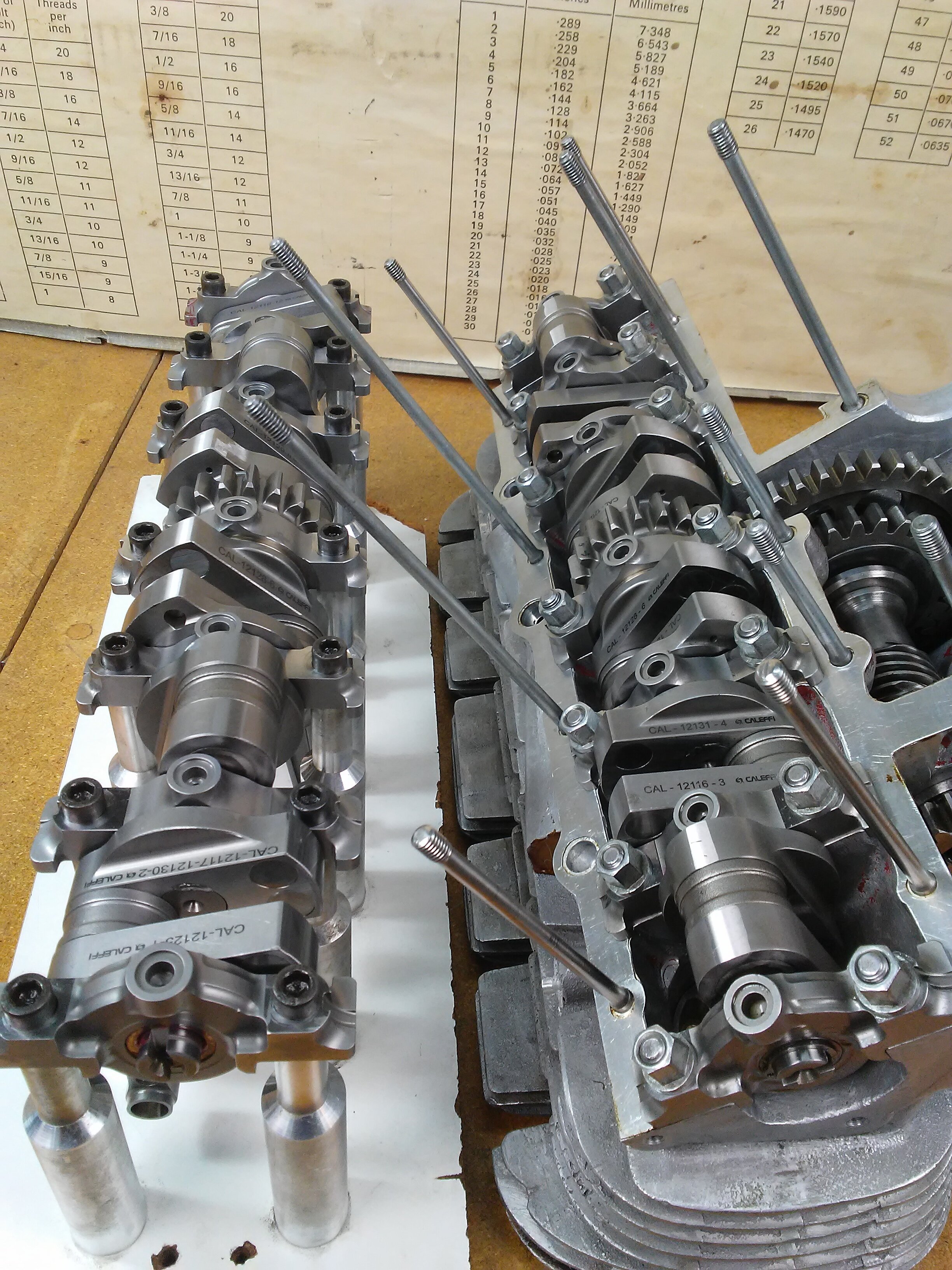
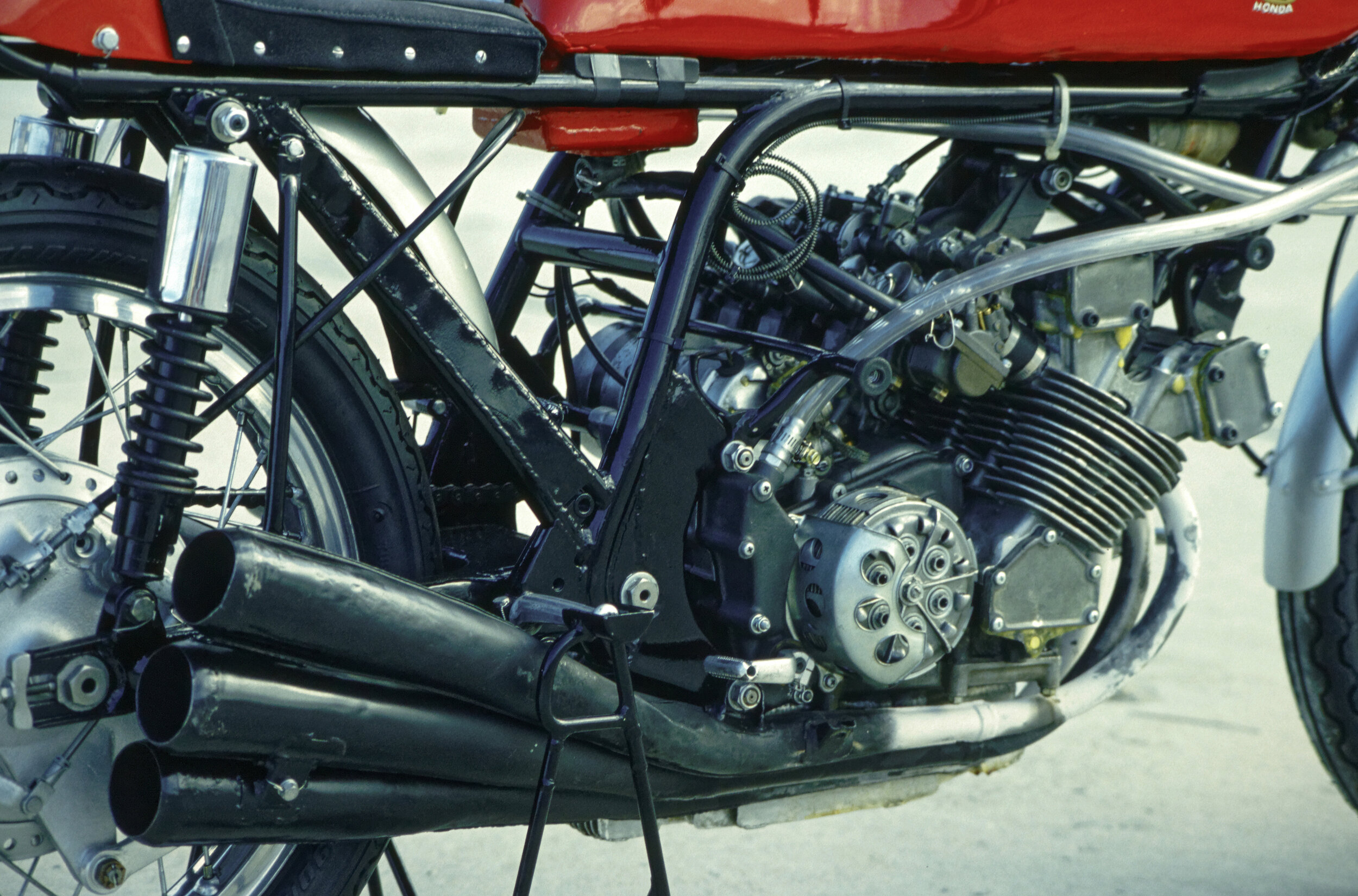
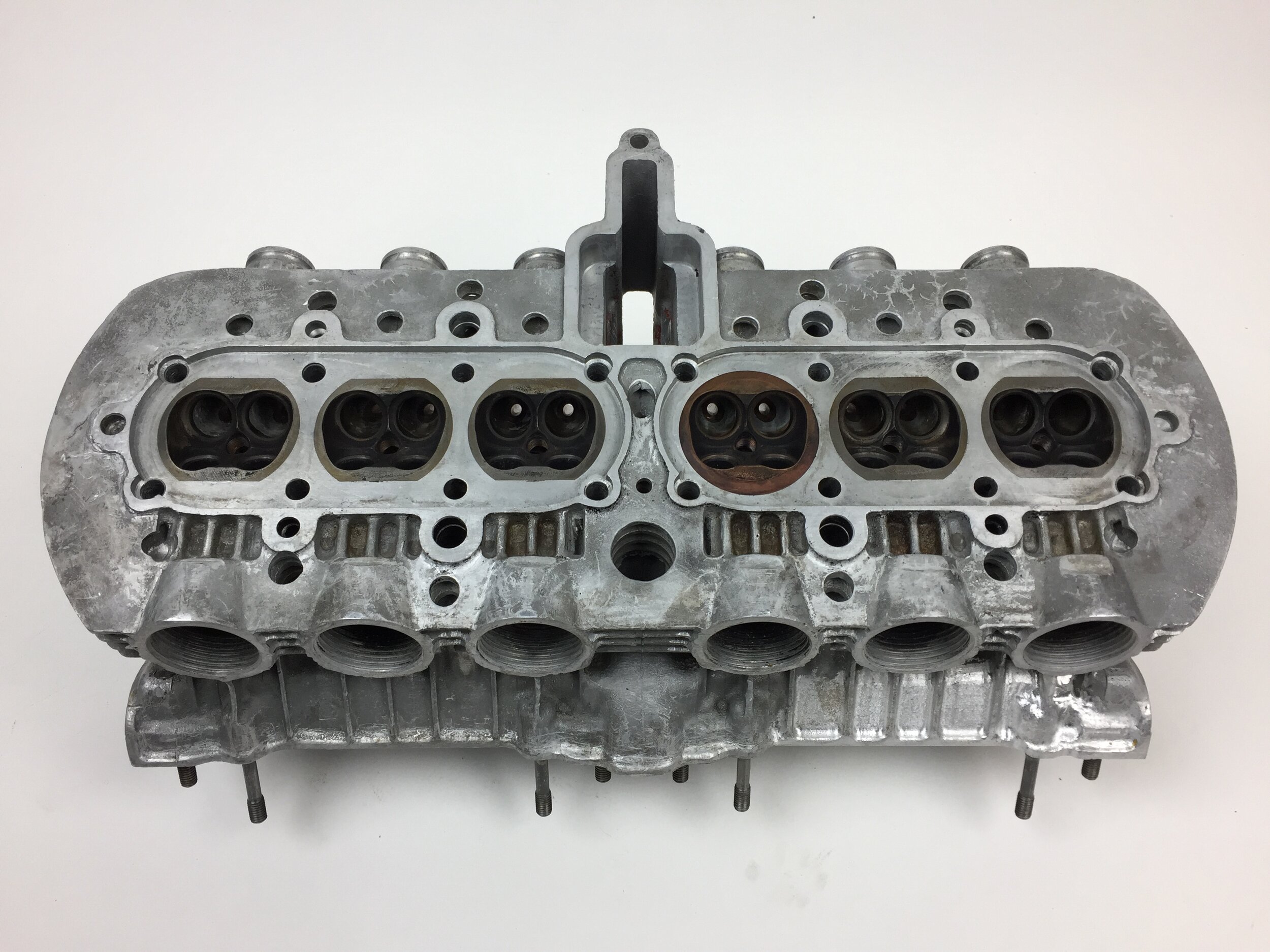
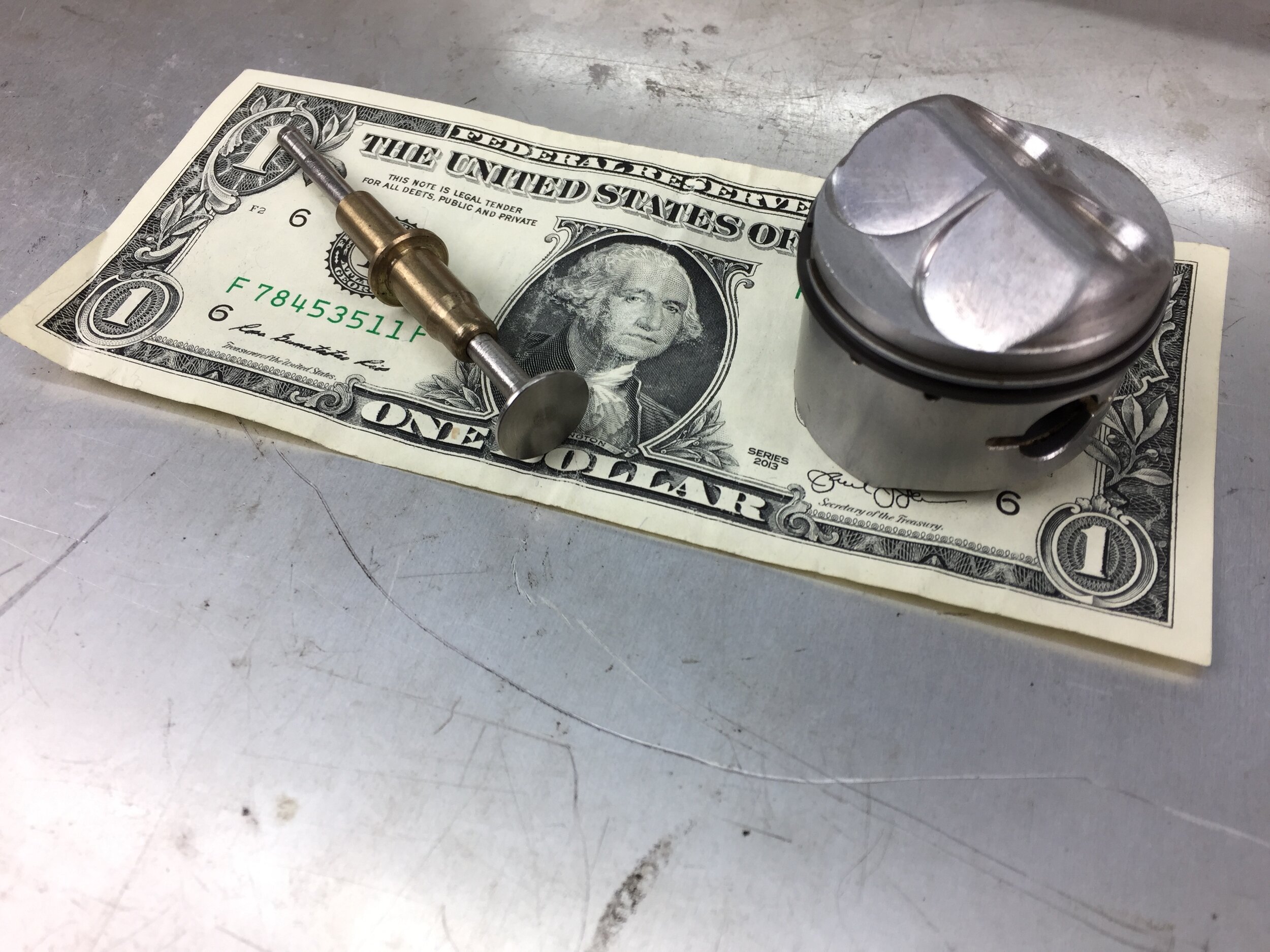
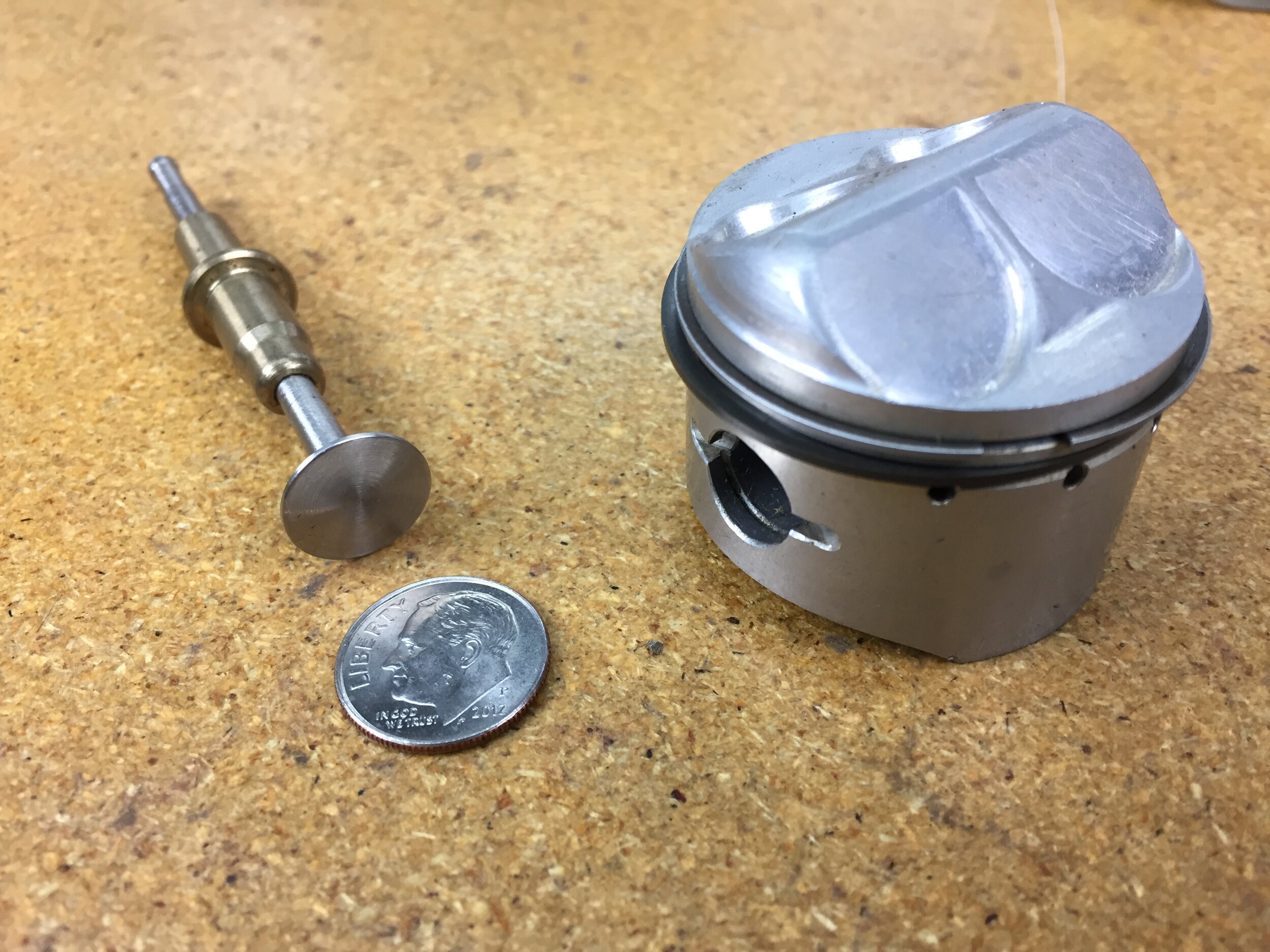
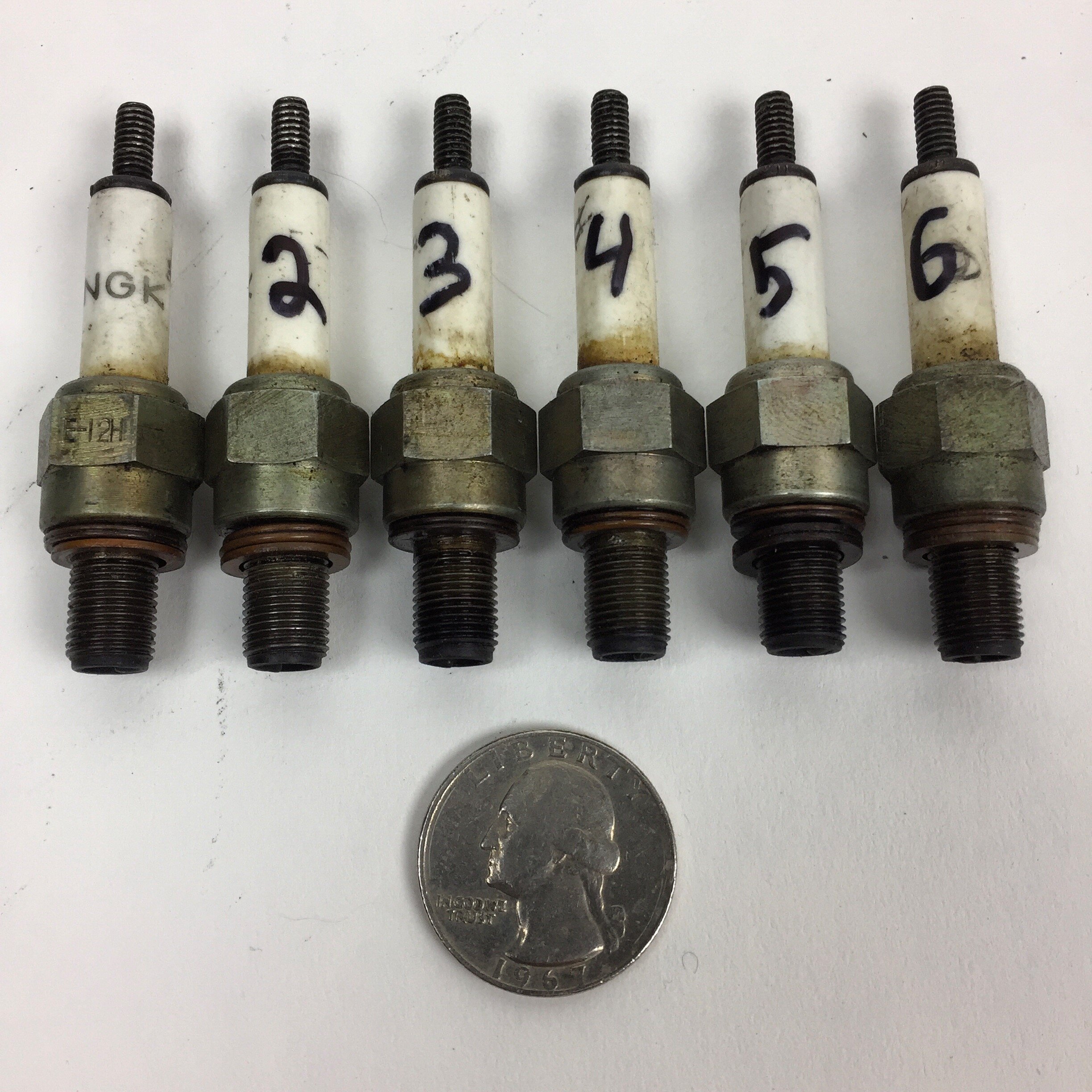
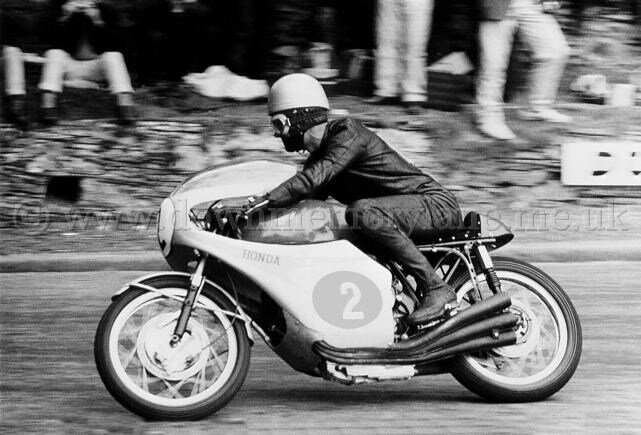
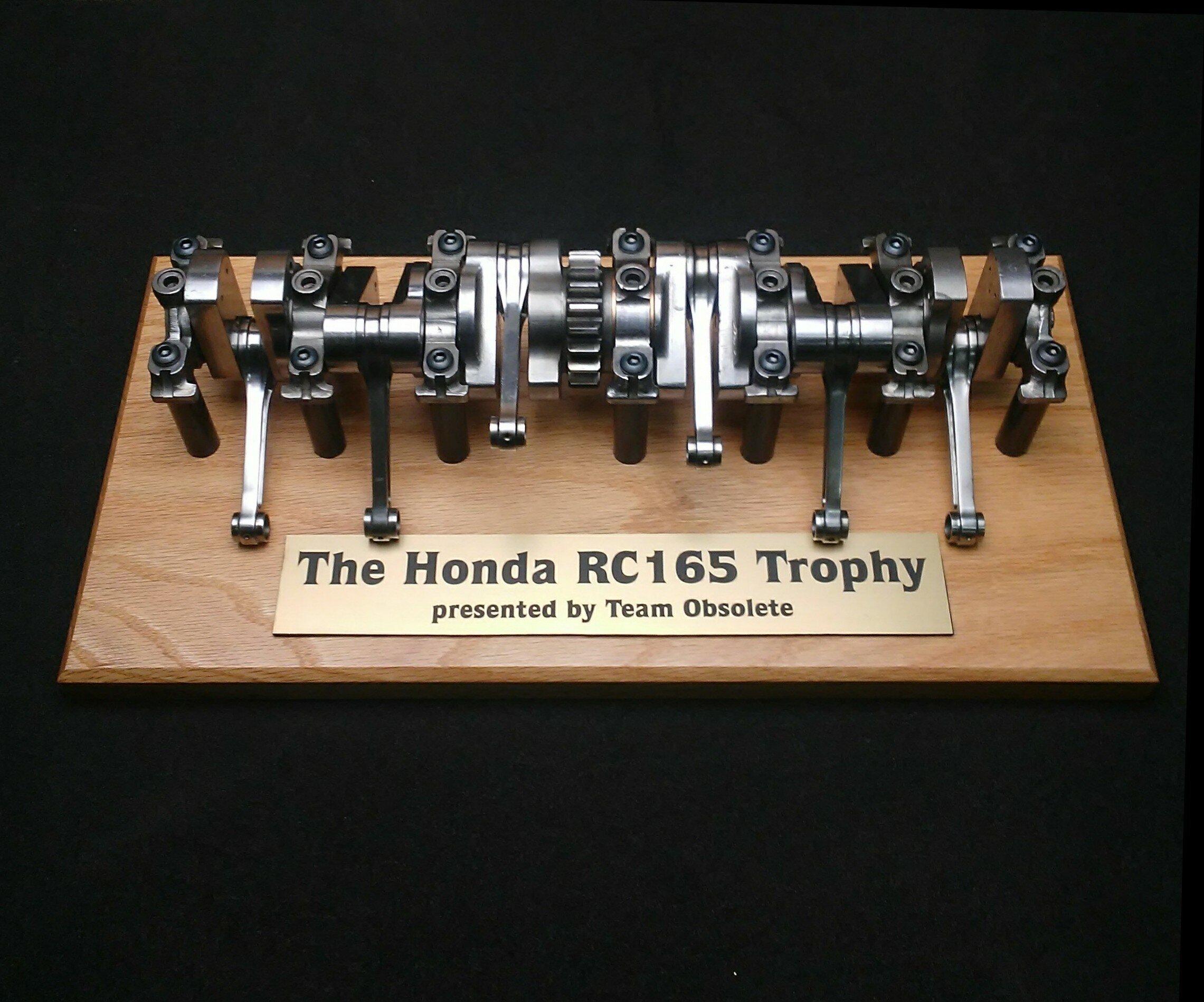
surtees special ajs 7r
The brainchild of the world champion John Surtees with a chassis built by legendary Ken Sprayson. A purpose built single intended to run the British short circuit races between Surtees World Championship obligations. The dispute with Count Agusta, over racing the machine, is what drove Surtees to abandon motorcycle racing and take up car racing. Resulting in his world championships on both 2 and 4 wheels. A feat never duplicated! This special AJS 7R spawned the Arter lineage of AMC singles, carried Michelle Duff to many victories and inspired the work of Peter Williams.
Special indeed.
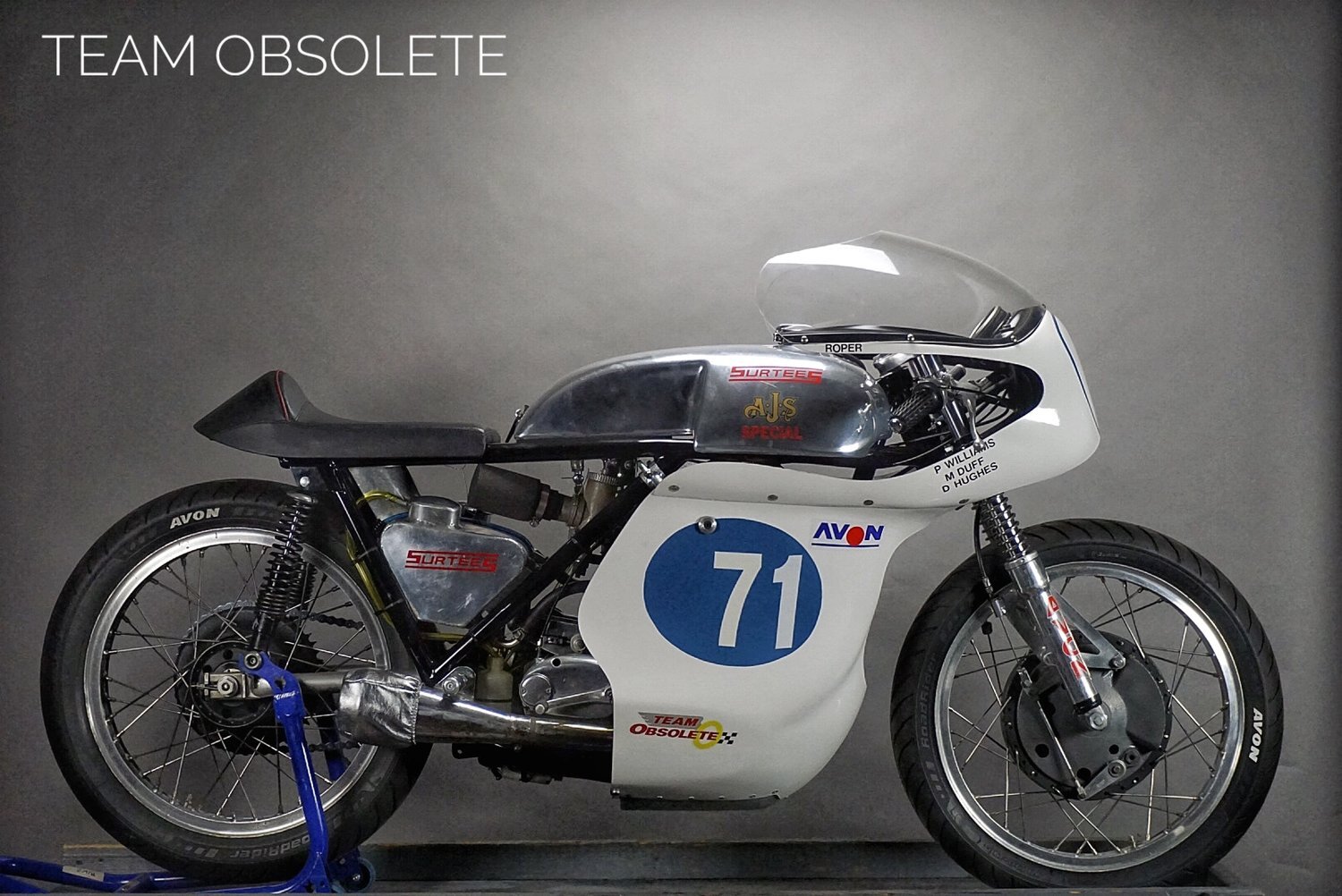
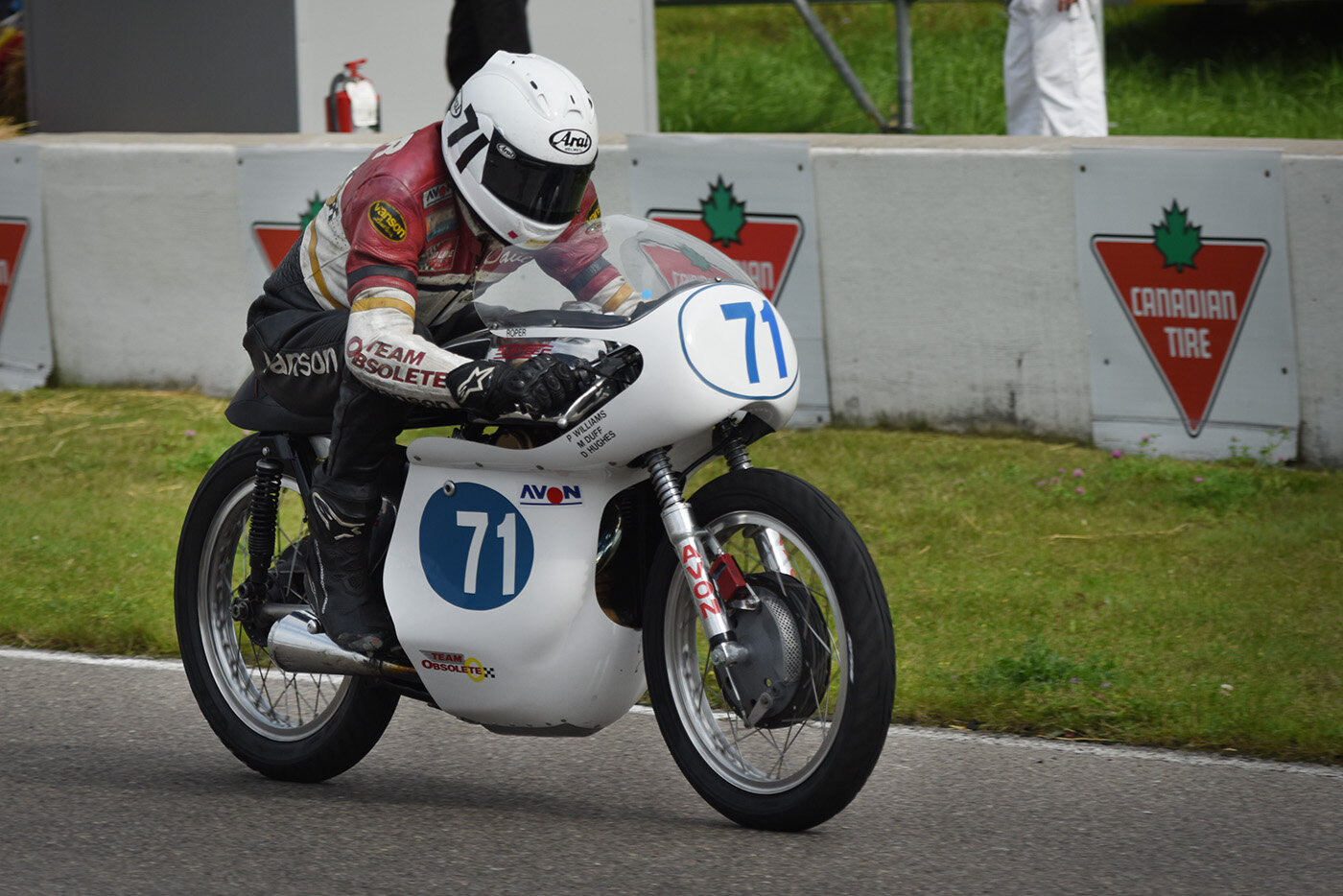

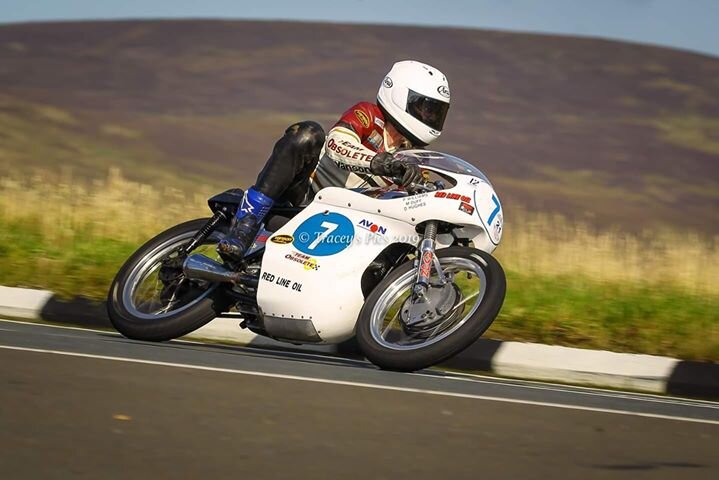
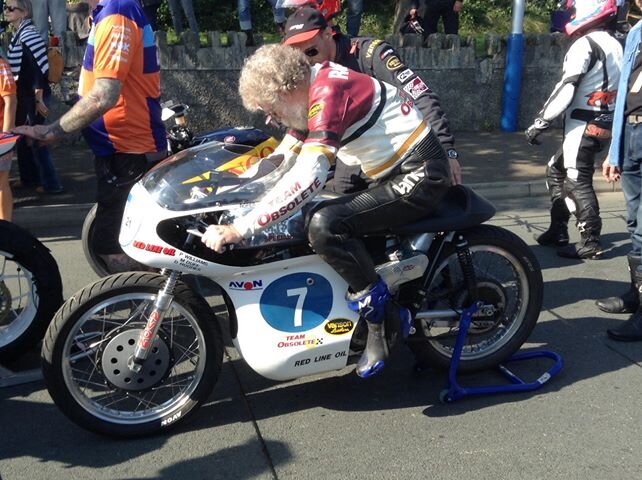
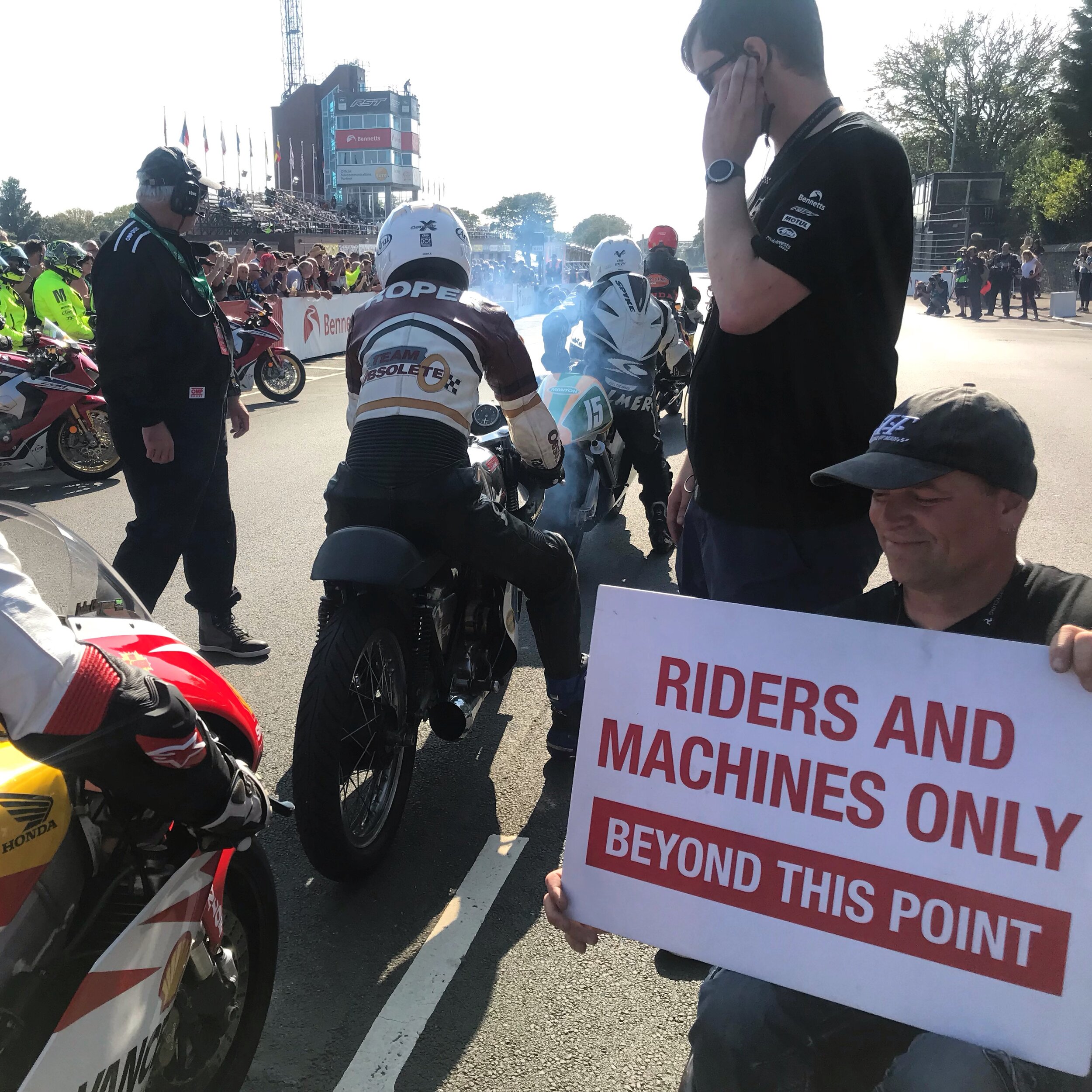
AJS e95 Porcupine
A prime example of how some projects can take many years of obsessive hunting, chasing rumors, and a few lifetime’s worth of elbow grease. The AJS “Porcupine” is a twin cylinder, 500 c.c., double over head camshaft motor. Oddly, the idea was hatched by Joe Craig (of Norton fame) with help from Phil Irving (Vincent) during their short stint at AMC during the war. Originally conceived as a supercharged answer to the BMW’s and Gilera’s that had dominated before the war. The rule change after the war which banned supercharging took the development in another direction, the E90 won the first 500cc world championship piloted by Les Graham (the first multi to do so) and continued to evolve as the E95 with the work of Jack Williams and Matt Wright (Vincent). The result? One of the most iconic British racing motorcycles of all time.
For more info check out the AJS Porcupine page.

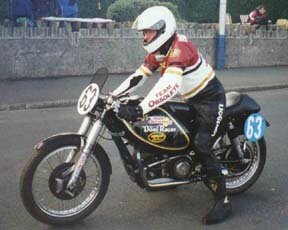
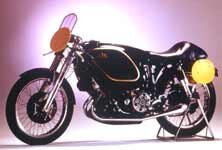


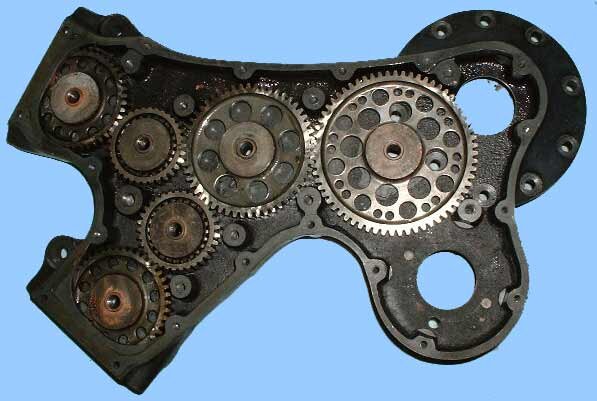
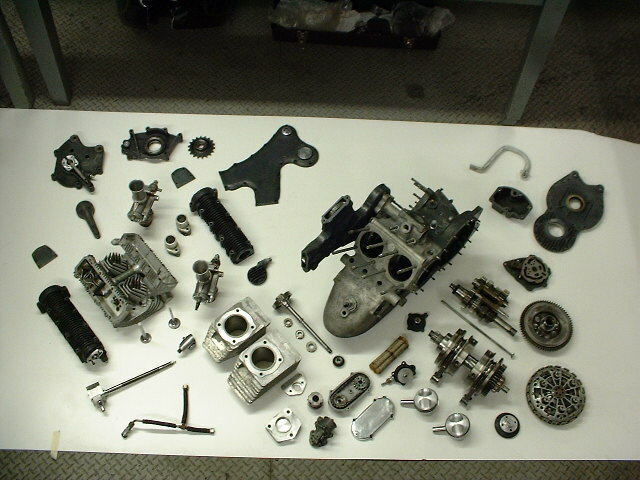

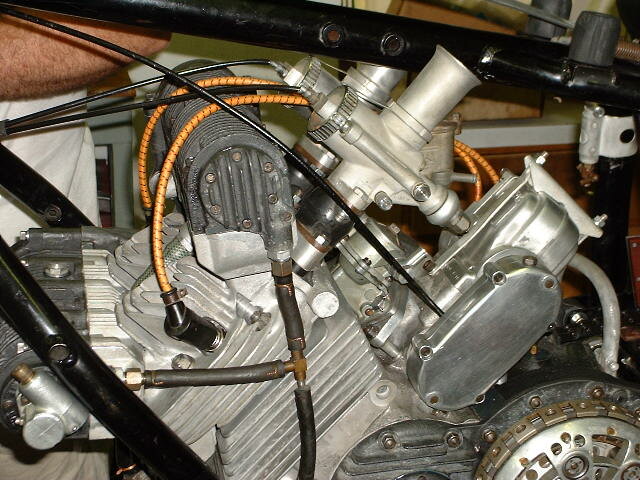

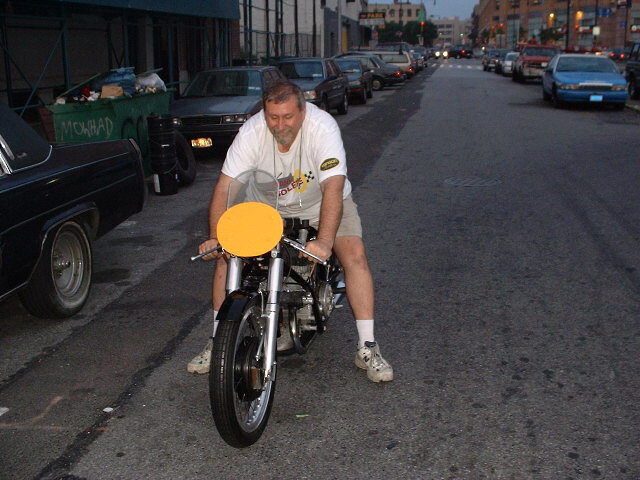
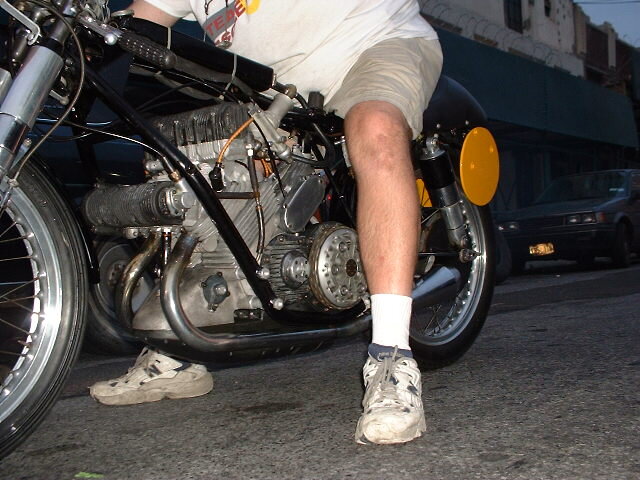
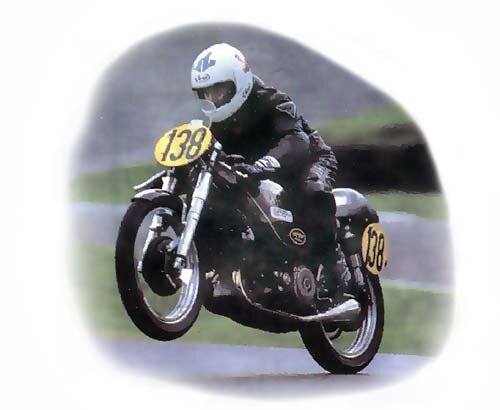
1966 Benelli 350 four
This is the very same seven-speed Benelli that Renzo rode to an amazing 2nd place finish in the Junior TT in 1968 behind Giacomo Agostini on his MV. This is also the very same bike that rider Dave Roper so famously rode to victory at the 1993 Daytona 350 Historic GP and later crashed at Kerrowmore while leading the 1993 Junior Classic Manx GP.
After an extensive rebuild, the Benelli has been run several times in preparation for the coming event. We are excited to return the machine to the island 50 years after Pasolini’s podium to share its song with the faithful once more.
For more info check out the Benelli 350 four page.
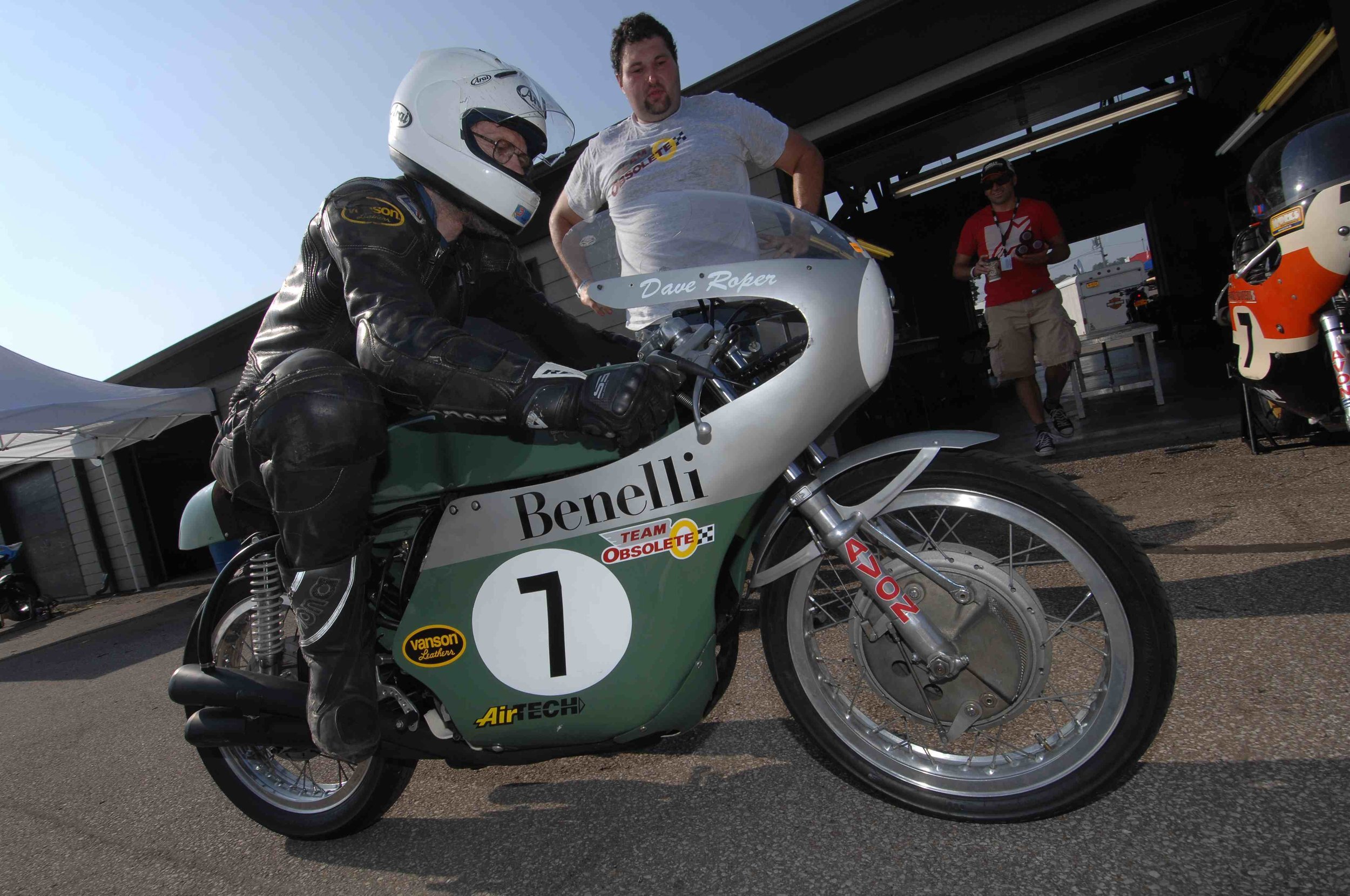
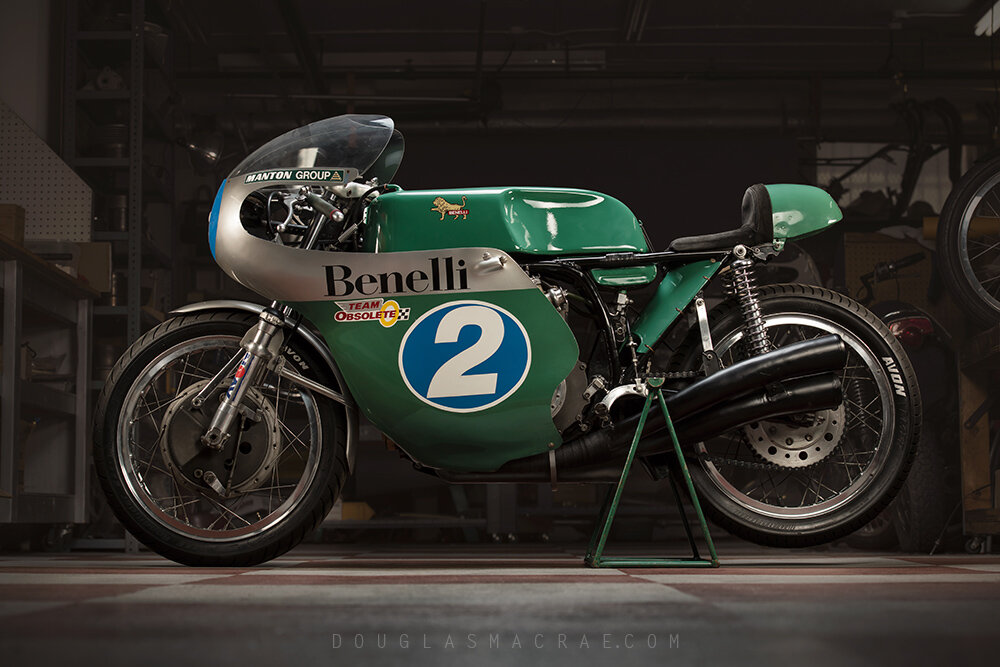

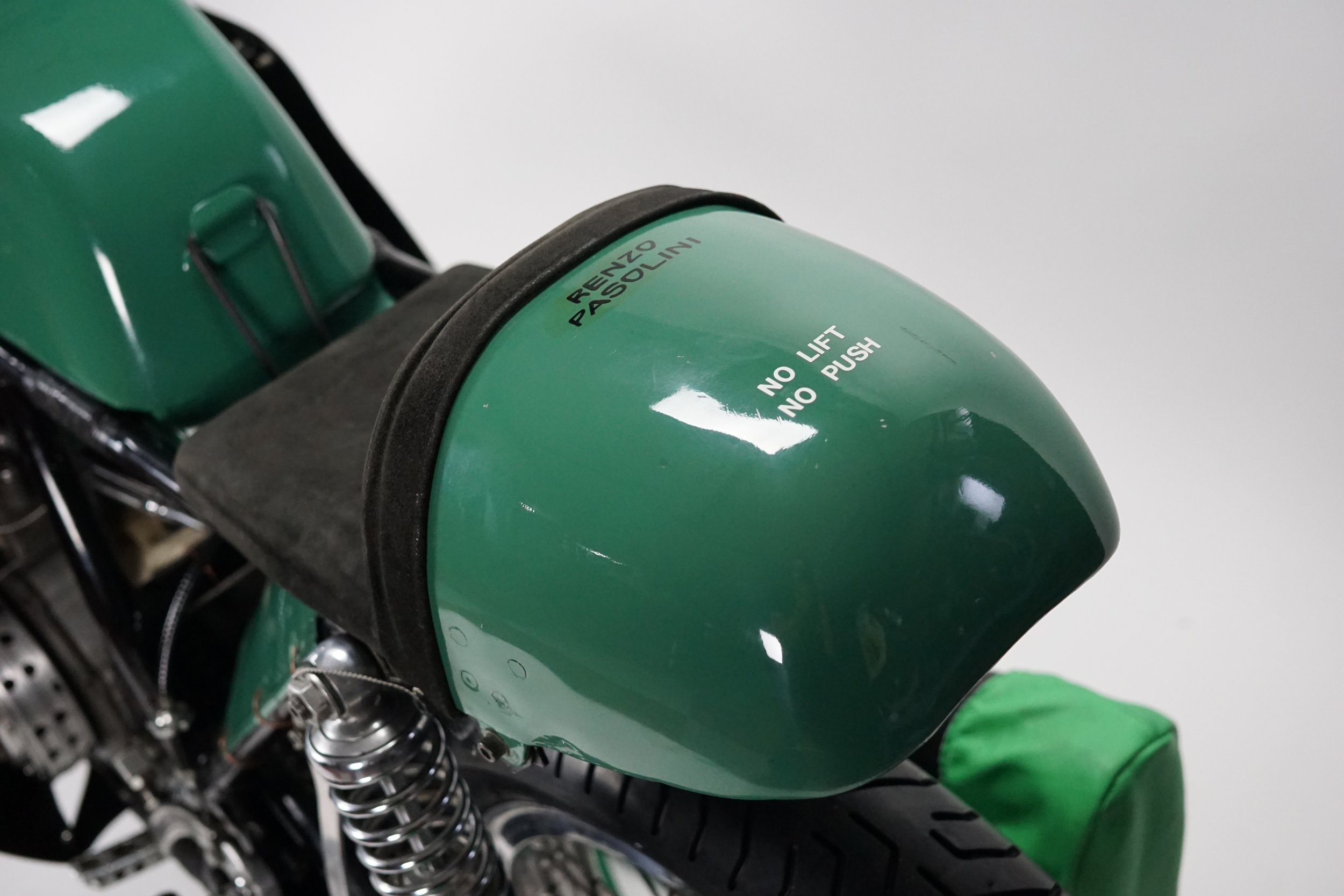
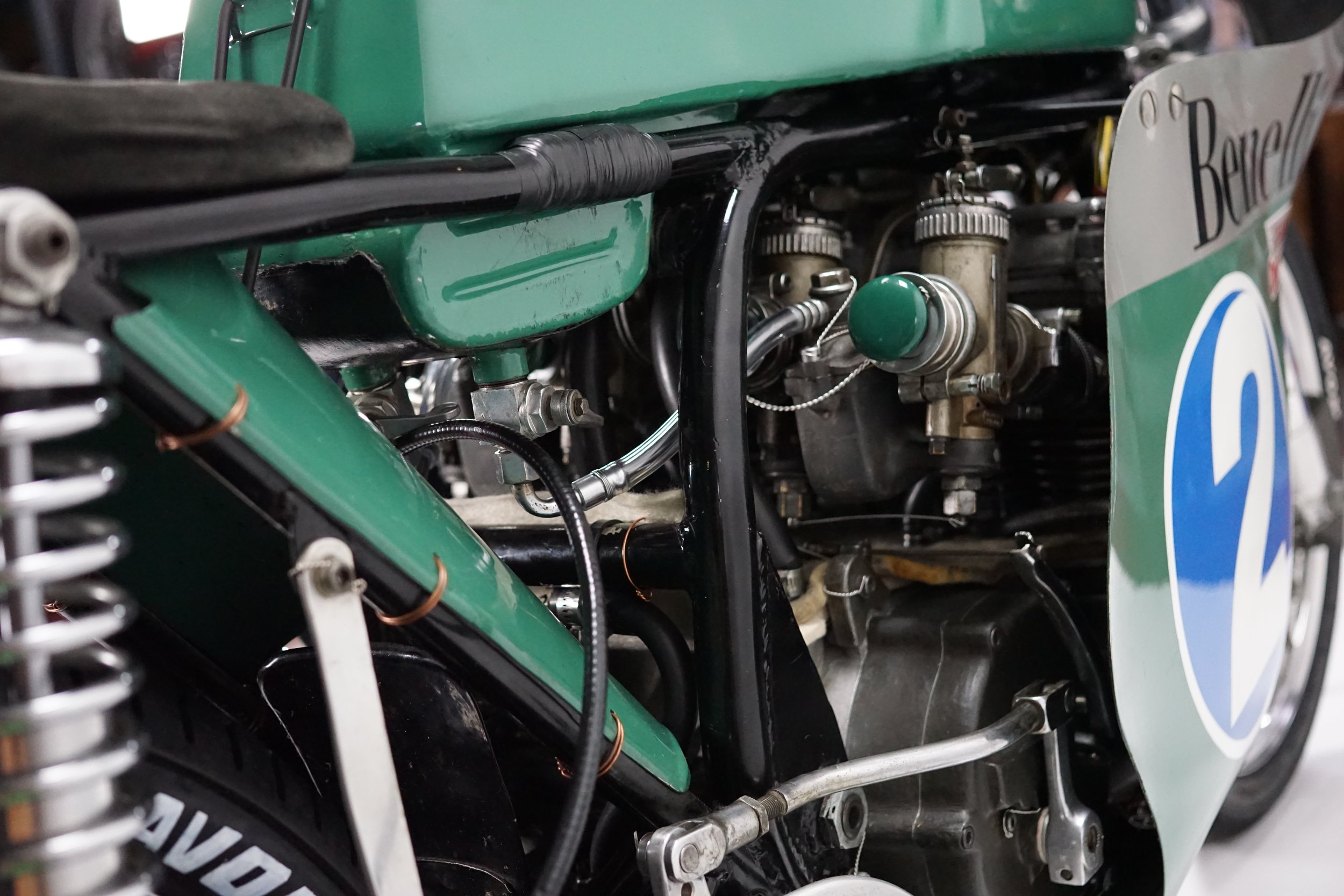
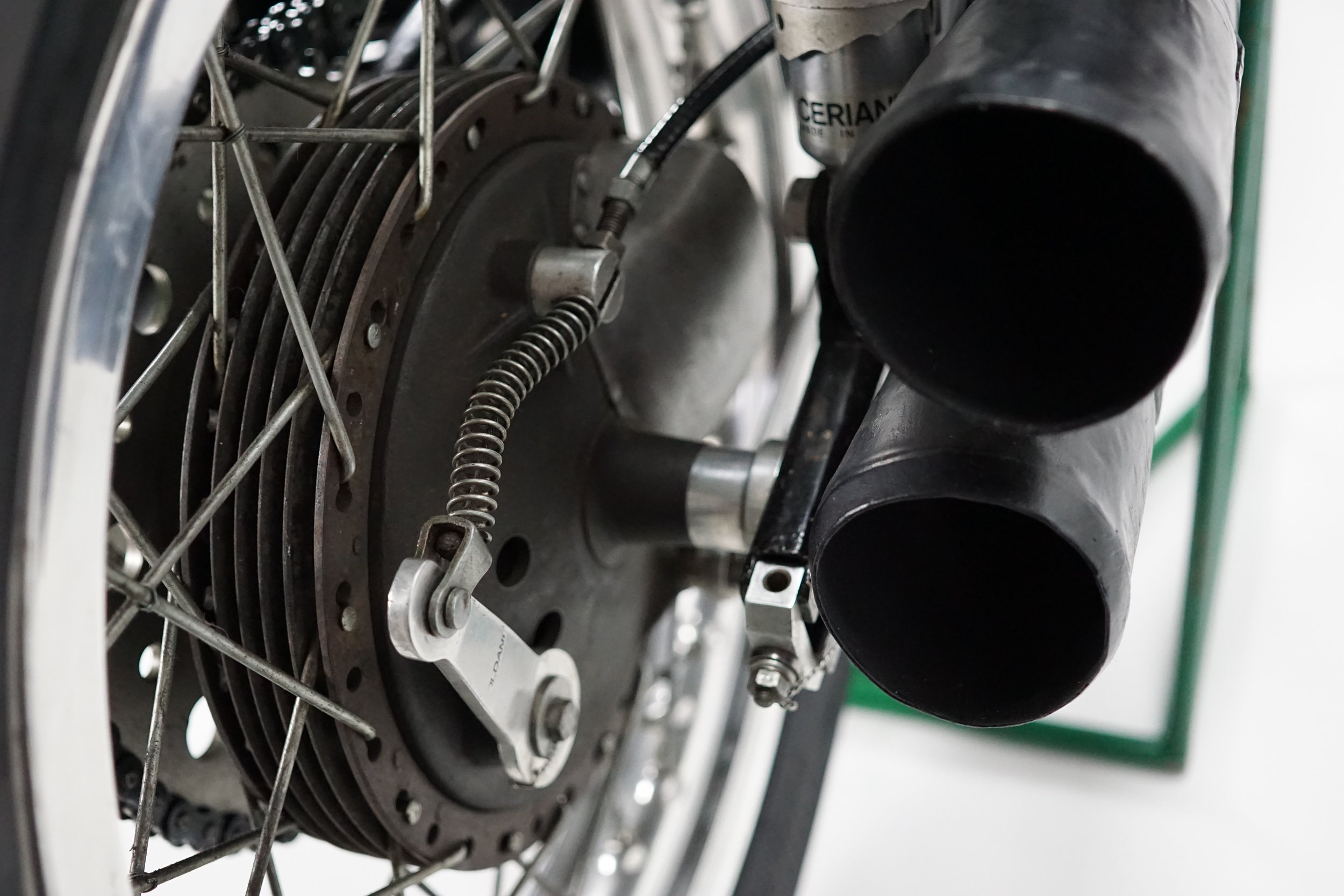
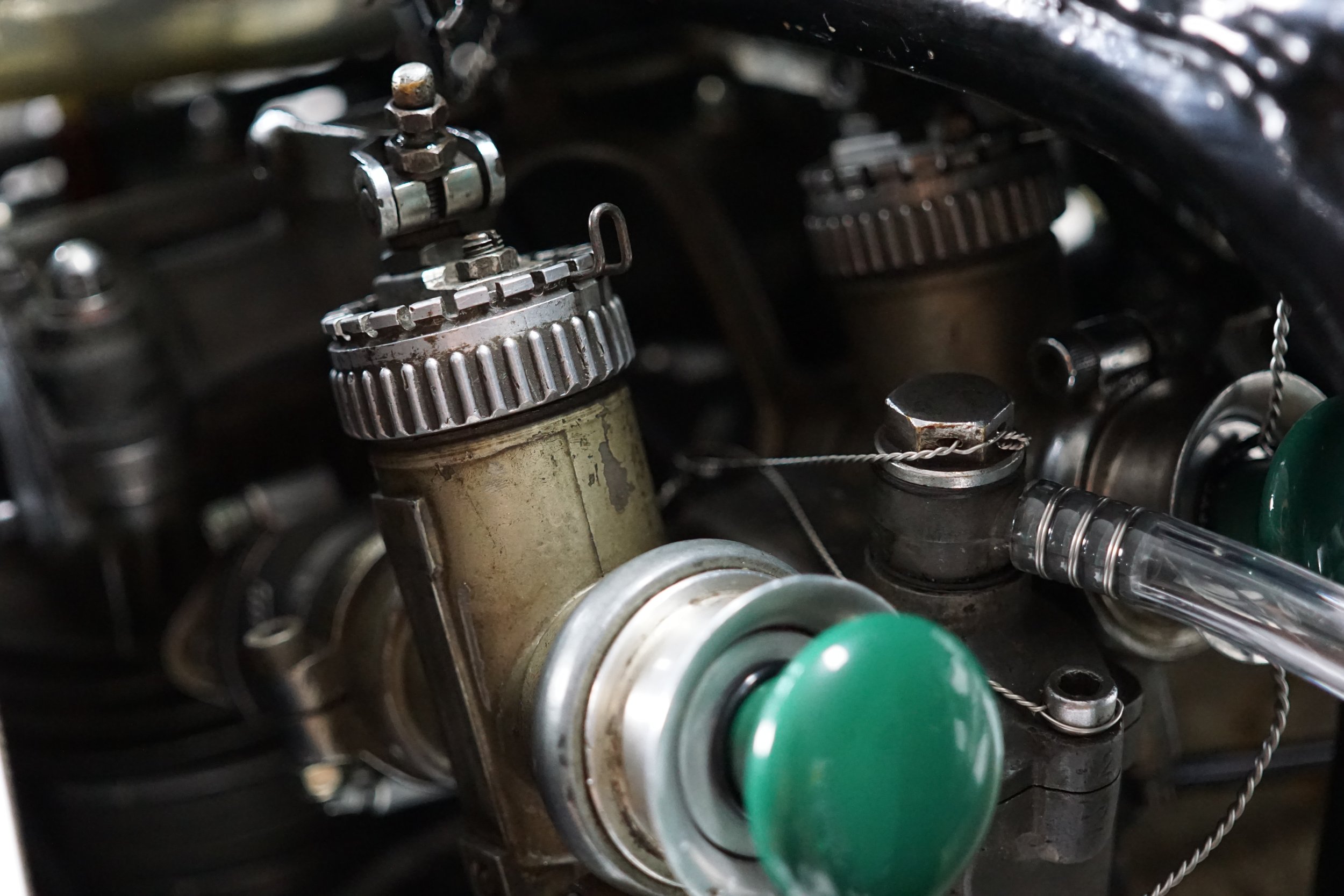

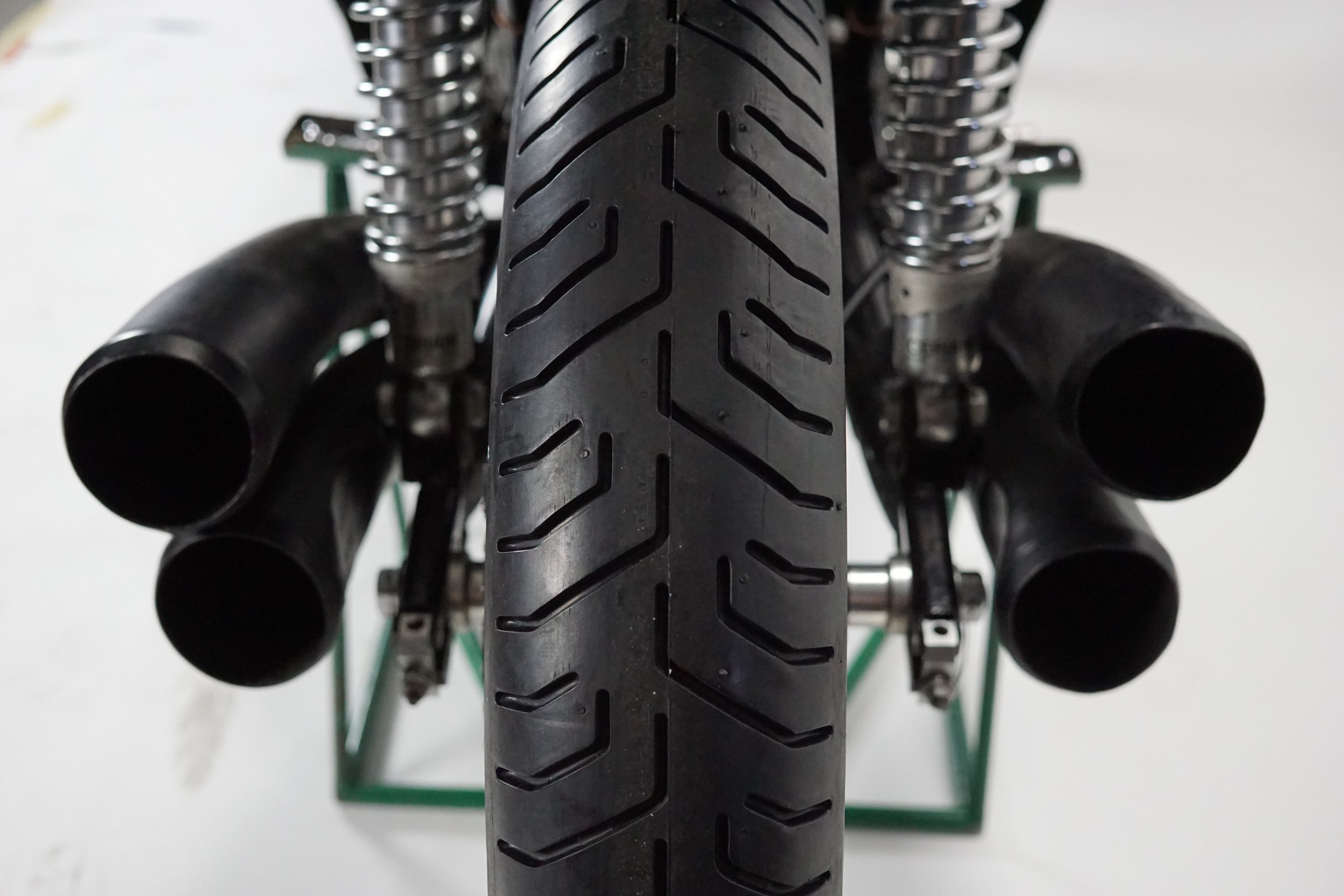
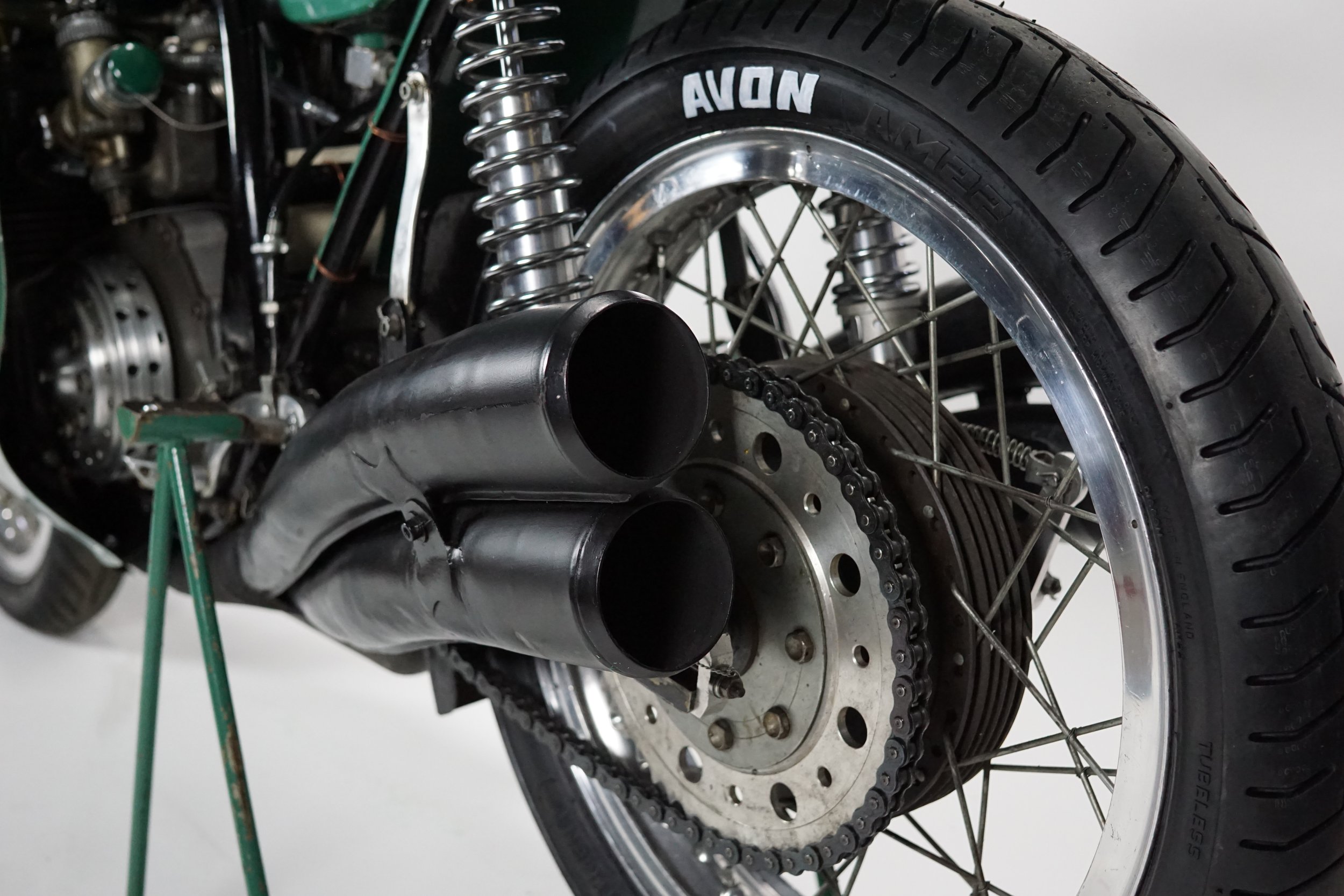
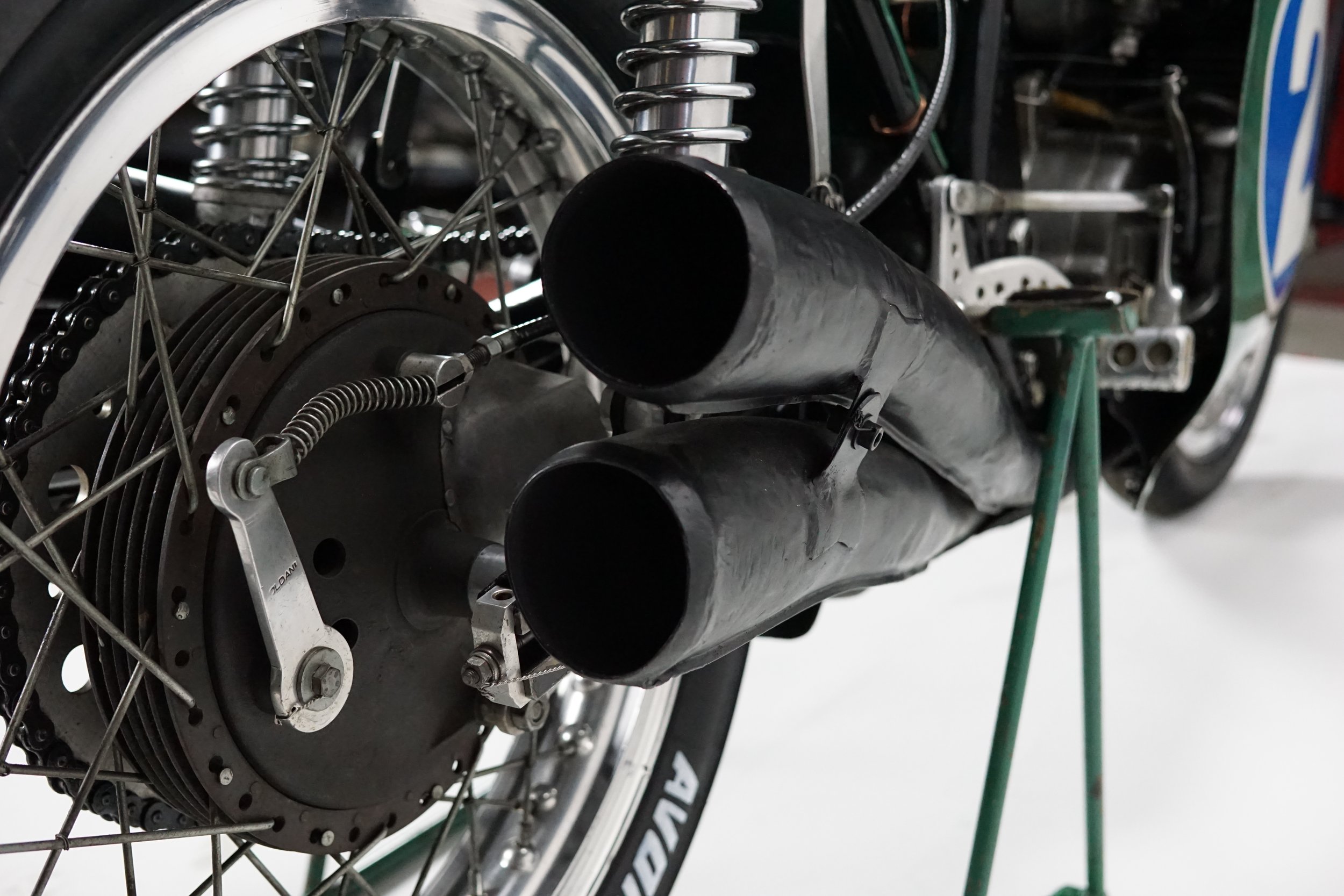
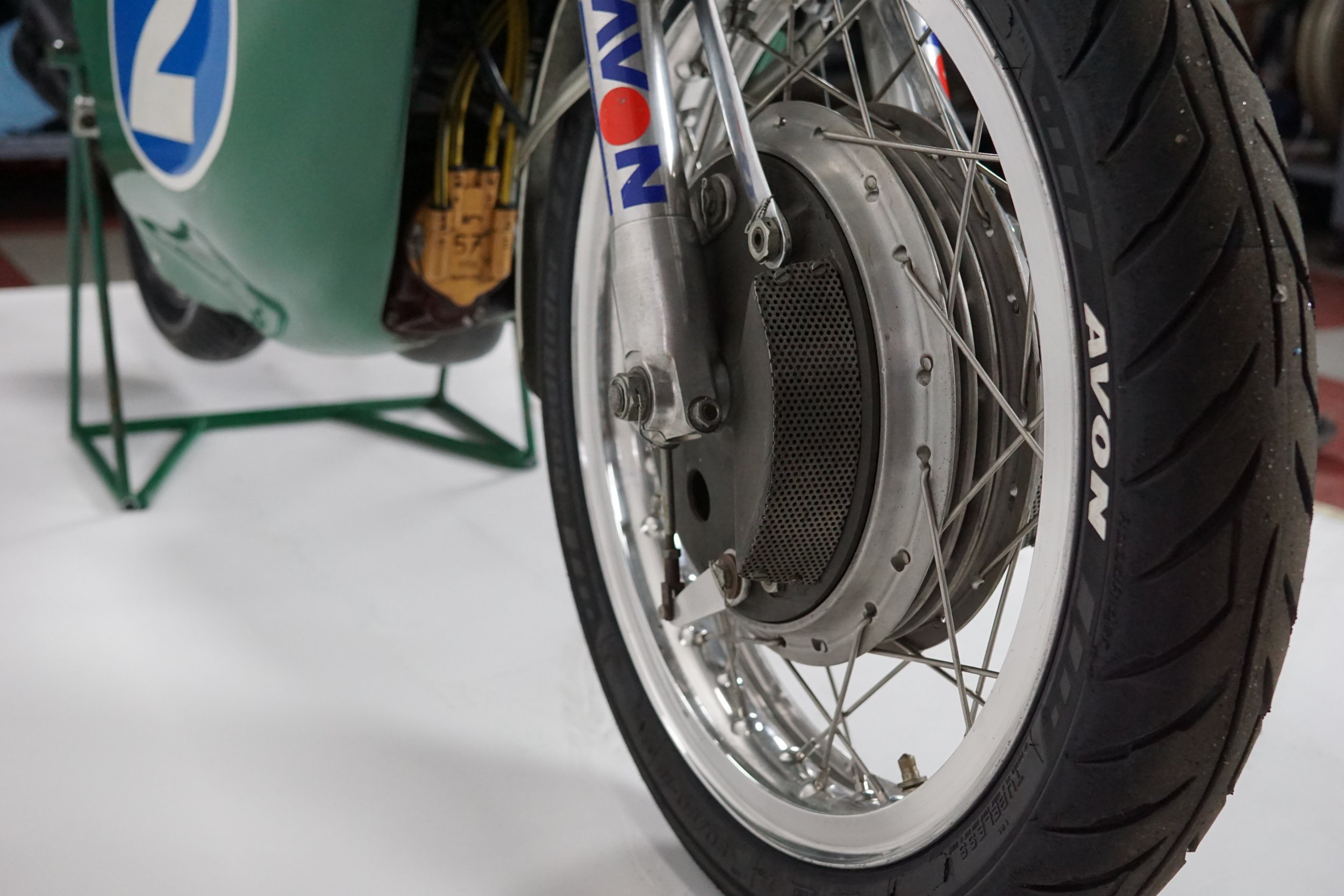
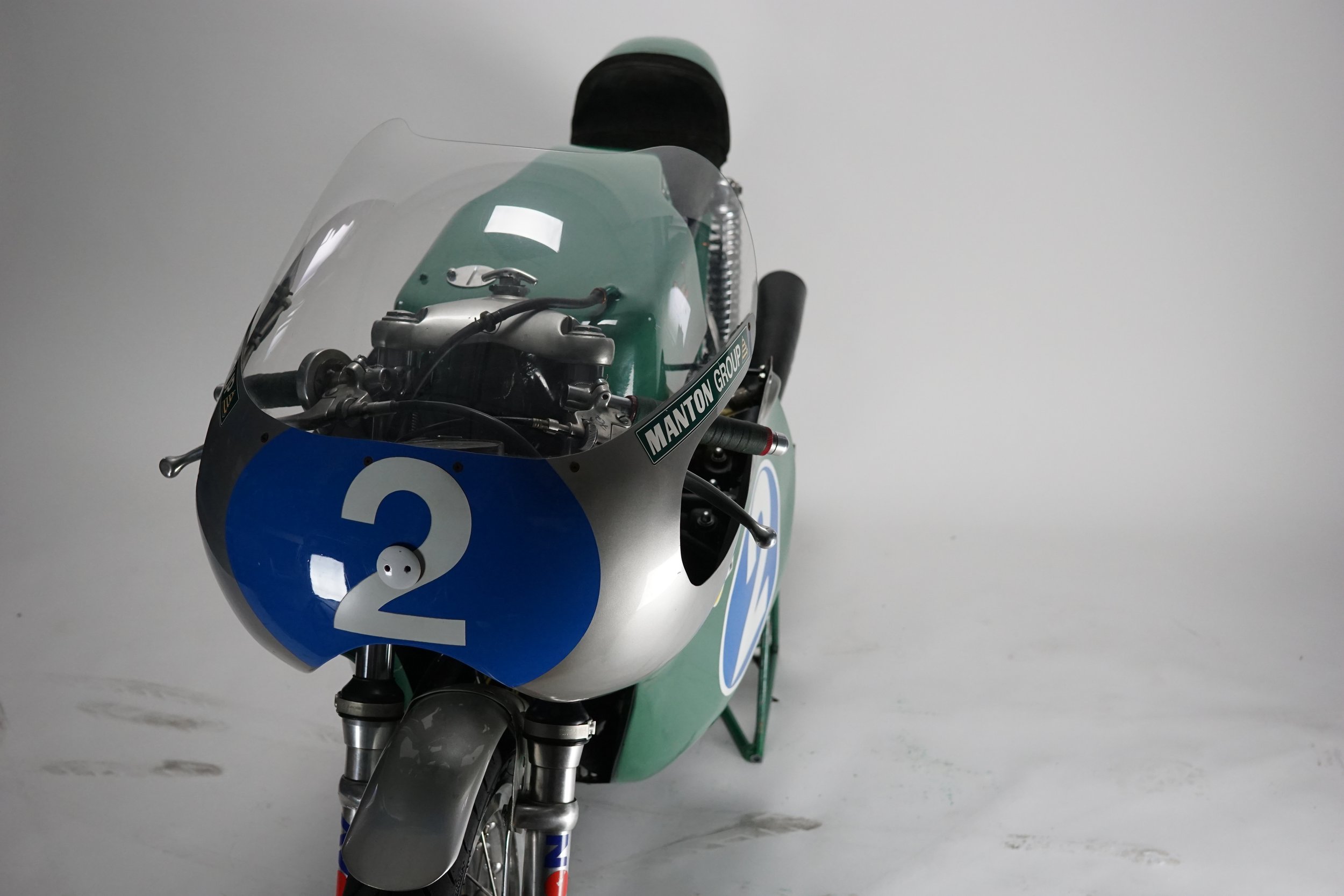
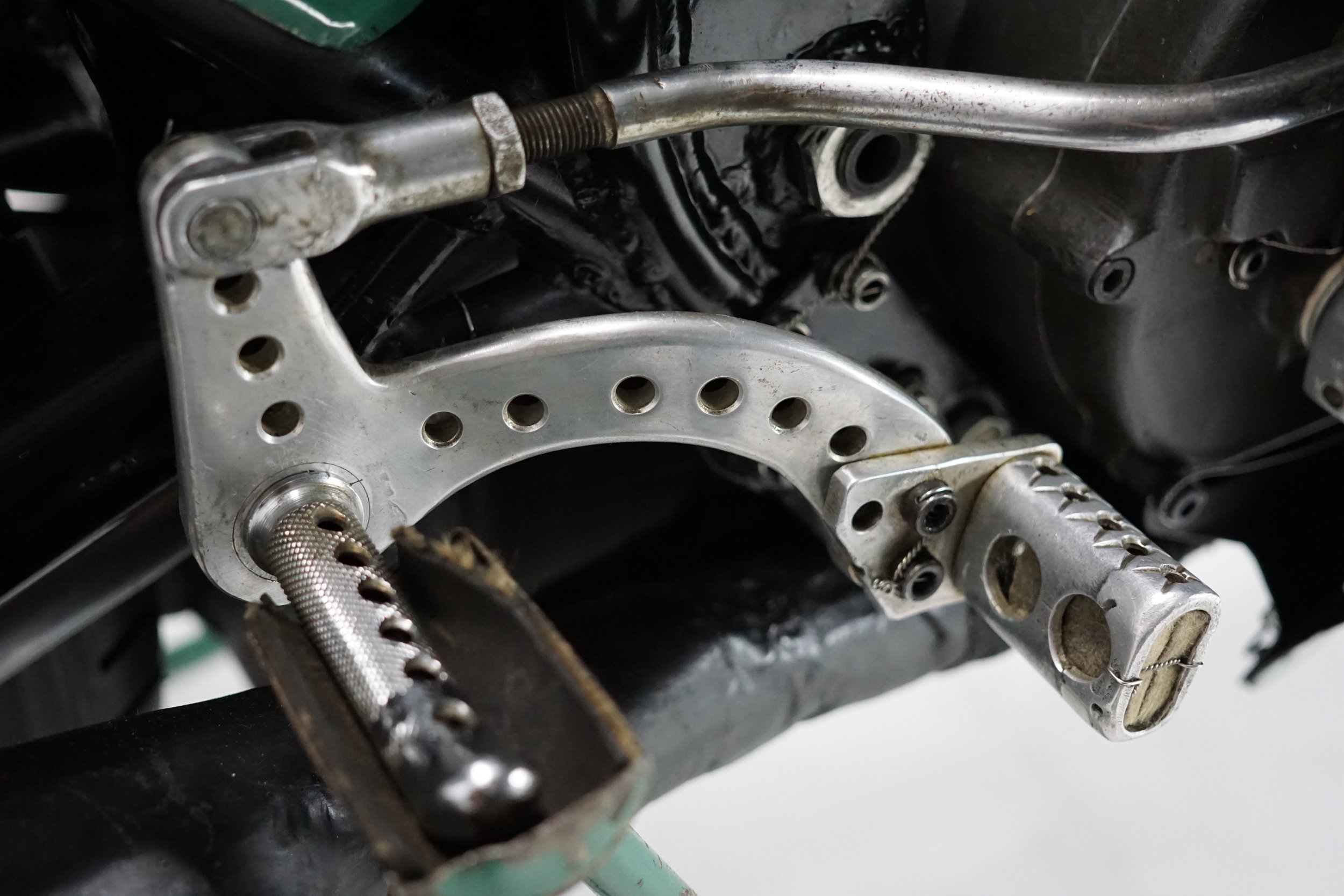
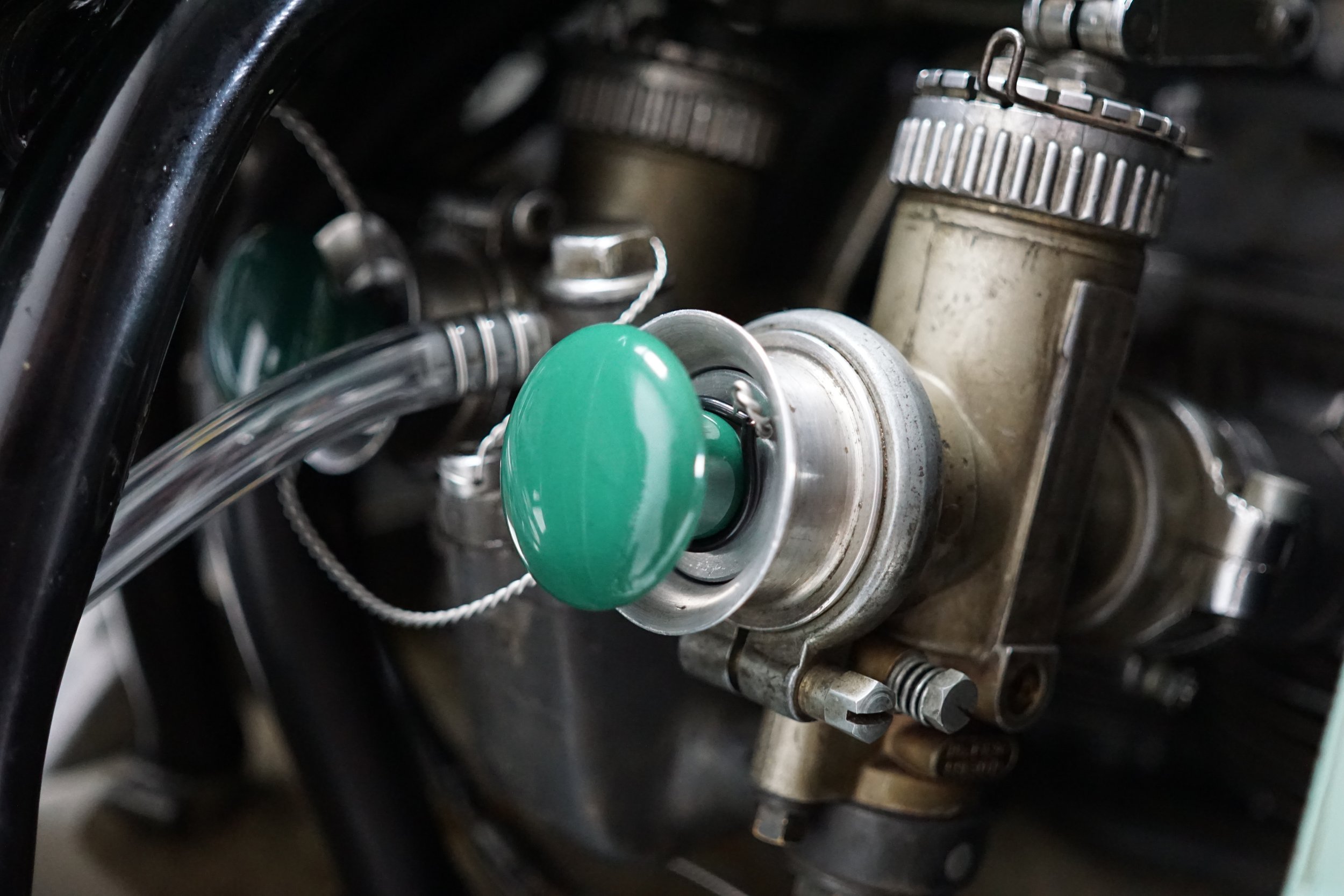
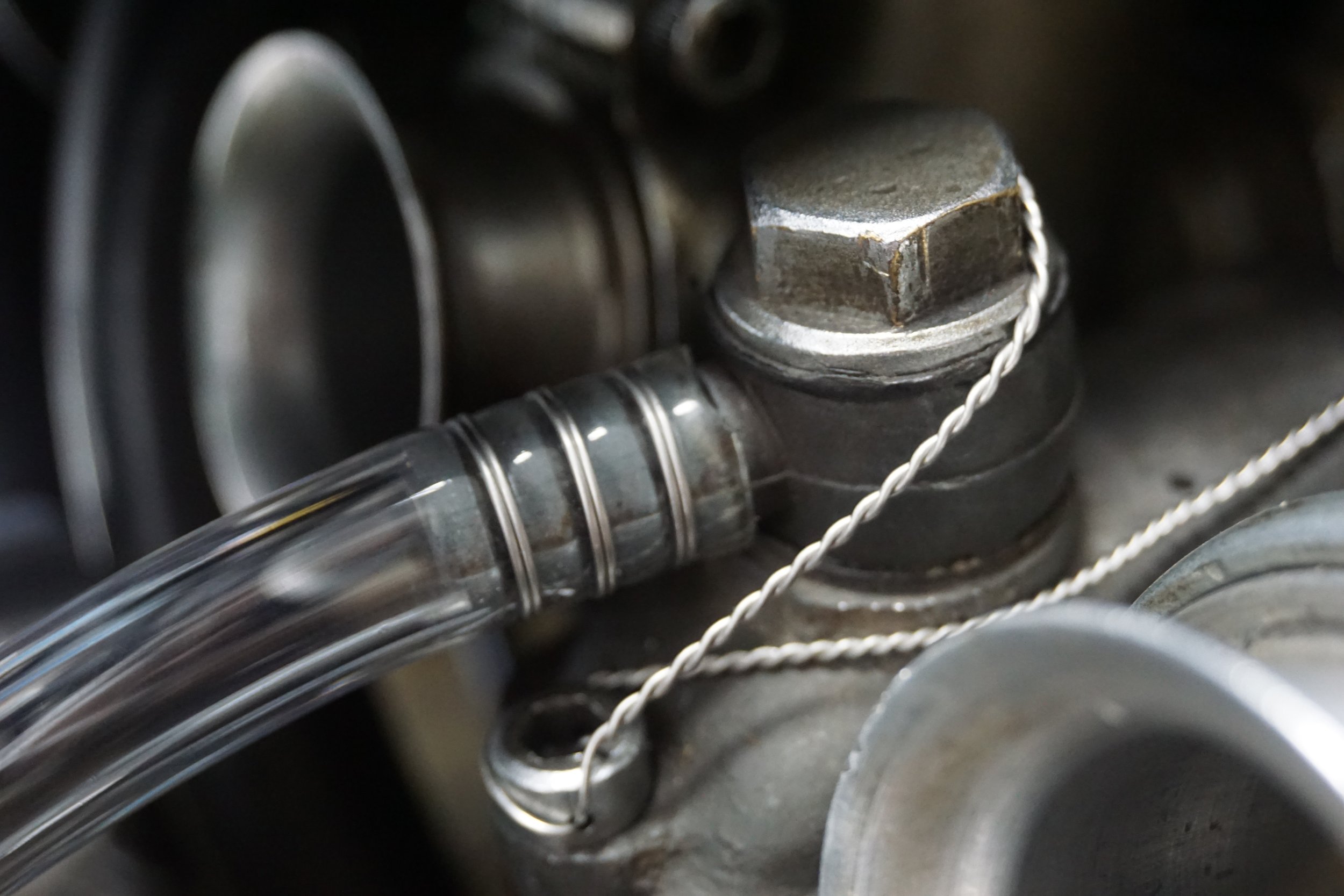
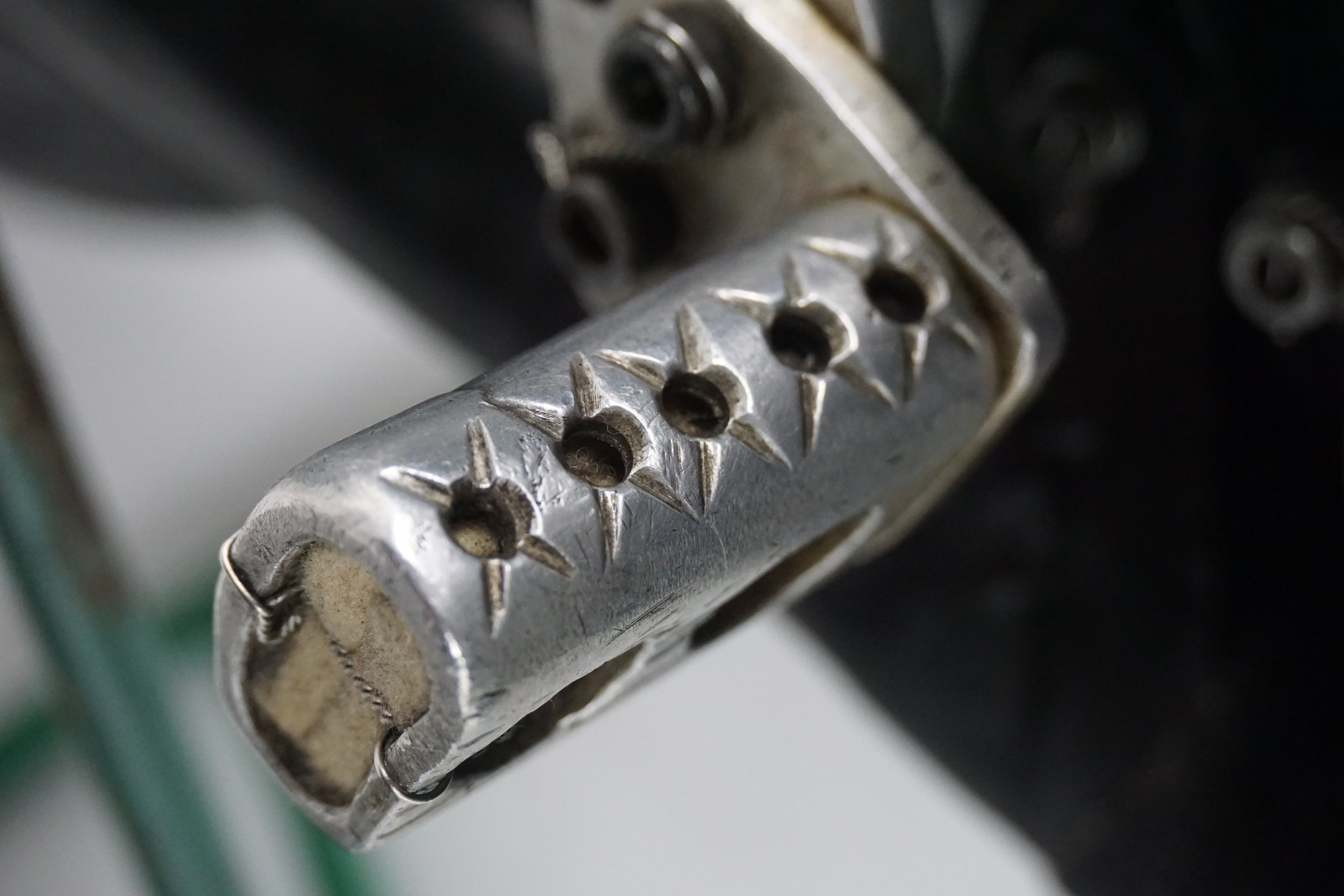
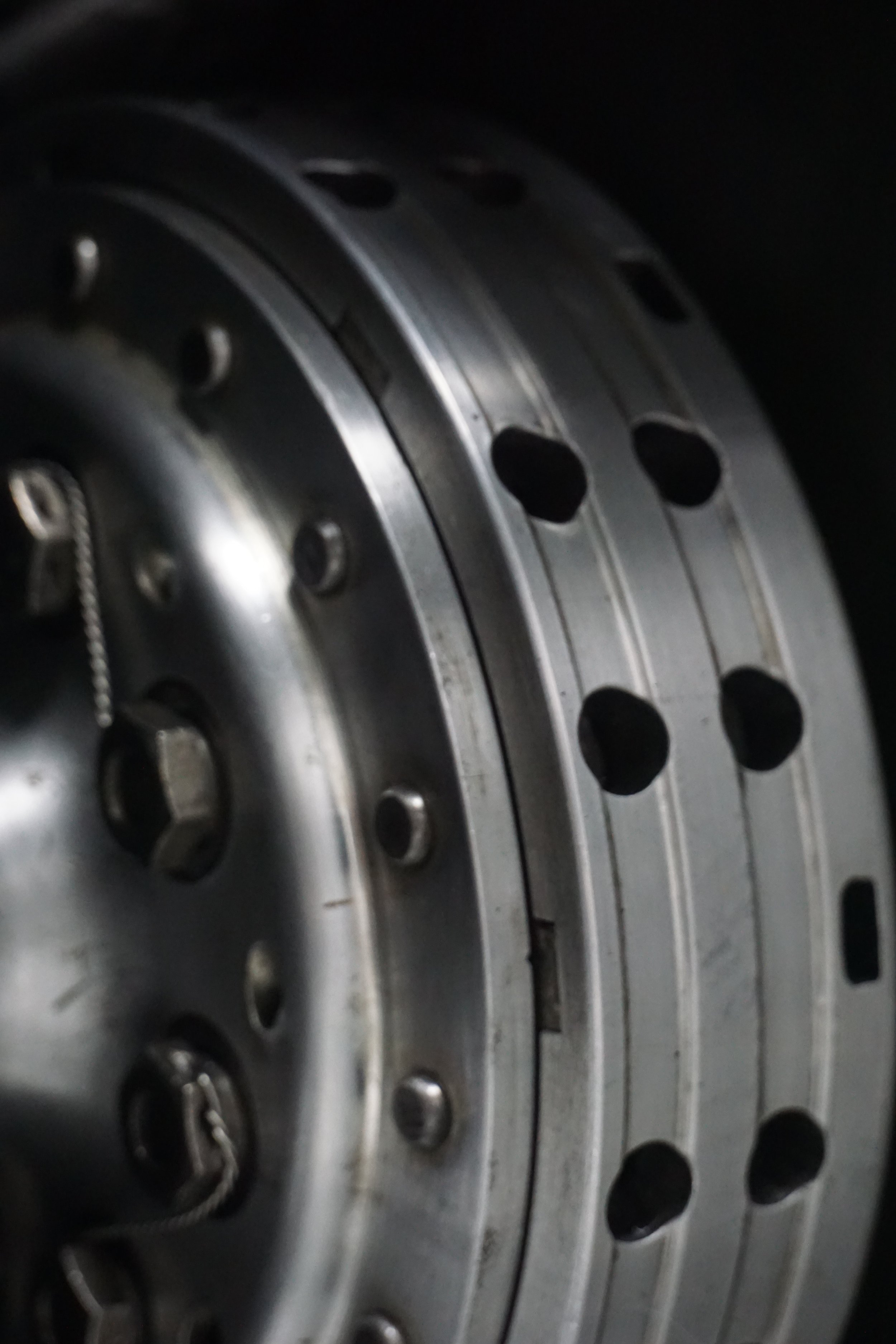

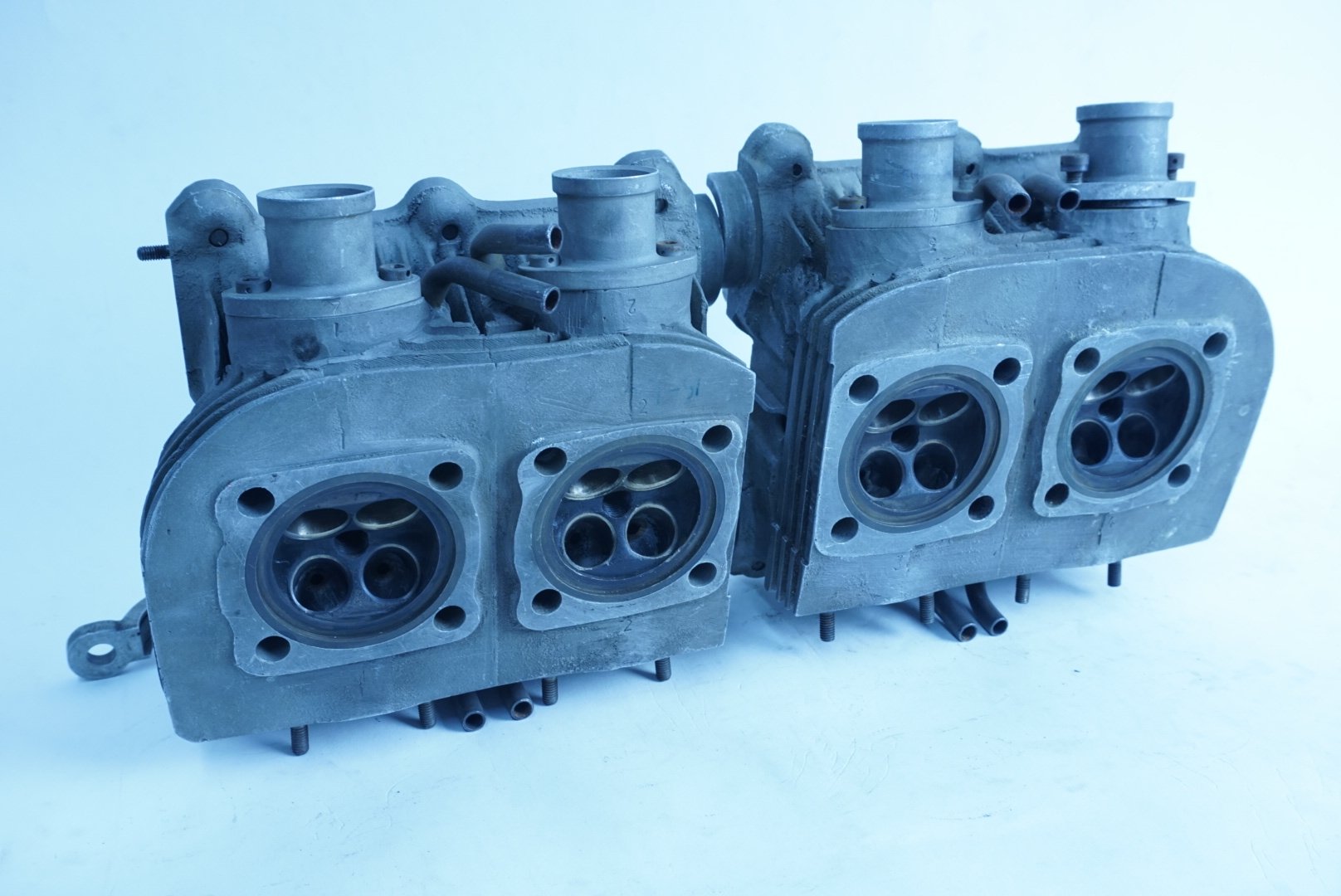
1950 Vincent Red Flash Special
In the late 1960's, New York Machinist John Clark went to England where he devoted three years of his life exclusively to the construction, development and racing of the Vincent Red Flash Special. His quest was to challenge the Manx Norton's and Matchless G-50's on English "short circuits". He did so with verve and success, culminating with a 1972 Cadwell Park lap record of 1:22.6 on a single cylinder, four stroke motorcycle (compare that with the fastest 500 two stroke multi at 1:18 !!)
The bike is a superb "tool room" Special, with custom cast magnesium hubs, special Koni suspension, alloy fuel tank , Aermacchi seat, Quaife 5 speed racing gearbox, special primary drive with Manx clutch, and a very trick engine with twin plug ignition, stage II Lightning cams, Vibrax con rod, Venolia piston, lightened flywheels, and much, much more.
Trickest and fastest Vincent single ever represents three years of one very clever and dedicated man's life.
Team Obsolete acquired the bike and resurrected its famous past. Below are pictures of the bike while in our shop getting ready for races at the old Laconia circuit in Hew Hampshire as well as pictures at the event.
This machine has since left our stable and now resides with another passionate collector.

